My 2024 Toyota Tacoma Owner’s Review: 5 Pros and Cons
Table of Contents
The all-new 2024 Toyota Tacoma has generated significant buzz in the midsize truck market. After owning this fourth-generation Tacoma for six months and putting it through rigorous testing—including 300 miles of off-road journeys—I'm ready to share my comprehensive review of what Toyota got right and where improvements could be made.
The Toyota Tacoma has long been America's best-selling midsize truck, known for its reliability, off-road capability, and exceptional resale value. The 2024 model represents the fourth generation of this popular pickup, bringing significant updates to the platform, powertrain, and technology features.
Having previously owned both second and third-generation Tacomas, I've had the unique opportunity to experience Toyota's evolution of this iconic truck firsthand. After six months with the new model, here's my honest assessment of its strengths and weaknesses.
5 Pros of the 2024 Toyota Tacoma
1. Premium Interior Design
Toyota has significantly elevated the interior design of the 2024 Tacoma. The cabin feels remarkably upscale compared to previous generations, with thoughtful details throughout:
-
High-quality materials and finishes
-
Premium dashboard layout with intuitive controls
-
Attractive badging and trim elements
-
Rugged yet refined button design that maintains Toyota's signature aesthetic
The centerpiece of the interior is undoubtedly the massive infotainment screen. While some critics have questioned the need for such a large display (referring to it as an "iPad on the dash"), it's a feature you simply can't go back from once experienced. Jumping between my fourth-gen and older third-gen Tacoma, the expansive screen is always what I miss most when driving the older model.
2. Advanced Cruise Control
Toyota's Safety Sense 3.0 system delivers exceptionally smooth and intuitive cruise control functionality. After extensive testing against rental vehicles and competing models, I've found Toyota's implementation to be notably superior in several ways:
-
Natural-feeling acceleration and deceleration patterns
-
Smooth response to traffic changes that mimics human driving behavior
-
Impressive lane-keeping assistance capabilities
-
Seamless adjustments when vehicles merge in front
The system's performance is particularly impressive when comparing it to the third-gen Tacoma, which often struggled with "gear hunting" during cruise control operation. The fourth-gen's refined system makes highway driving significantly more enjoyable and less fatiguing.

3. Comprehensive 360° Camera System
The 2024 Tacoma features an extensive camera system with multiple viewpoints that transform everyday truck tasks:
-
Front, rear, and side-mounted cameras
-
Windshield camera for forward visibility
-
Grille-mounted camera for precise positioning
-
One-touch button access for quick camera switching
This system proves invaluable when:
-
Navigating tight off-road trails
-
Maneuvering in crowded parking lots
-
Backing up at campsites
-
Monitoring cargo in the bed
-
Aligning with trailer hitches
The high-resolution display and intuitive controls make this feature particularly useful, especially compared to the limited camera functionality in previous generations.
4. Enhanced Sound Insulation
Toyota engineers have achieved an impressive balance with the fourth-gen Tacoma's sound insulation. The cabin provides SUV-like quietness during highway cruising while still allowing the right amount of engine character to come through during acceleration.
In direct comparison testing between the third and fourth-generation models at 60 MPH, the difference in interior noise levels is immediately apparent. The new model delivers a significantly more refined experience without completely isolating occupants from the driving experience.
The turbocharged engine produces an engaging sound when pushed, with the turbo spool adding character that many drivers will appreciate. This balance between refinement and engagement represents a significant improvement over previous generations.

5. Improved Powertrain Performance
Perhaps the most controversial change to the 2024 Tacoma is its new powertrain—a 2.4L turbocharged four-cylinder engine producing 278 horsepower and 317 lb-ft of torque. Despite initial skepticism from many Tacoma enthusiasts (myself included), this new engine delivers:
-
Significantly improved throttle response
-
Better acceleration from stop signs and traffic lights
-
Enhanced passing power at highway speeds
-
More consistent power delivery in varied driving conditions
The transmission performance is particularly noteworthy, with none of the gear-hunting issues that plagued the third-generation models. When placed in Sport mode, the truck feels genuinely responsive and engaging.
My recommendation: before passing judgment on the four-cylinder powertrain, experience it firsthand. The hybrid option offers even more impressive performance for those considering that route.
5 Cons of the 2024 Toyota Tacoma
1. Interior Material Quality Concerns
While the interior design is visually impressive, several material quality issues have emerged after months of ownership:
-
Door Handle Flex: The interior door handles exhibit noticeable flex when pulled, creating a gap between the handle and door panel. Toyota has attempted to address this with replacement parts, but the issue persists to a lesser degree.
-
Shifter Lightness: The shift knob, while aesthetically pleasing, feels too lightweight and has noticeable flex in the plastic components.
-
Volume Knob Failure: The volume knob unexpectedly broke during normal use, with a plastic piece breaking inside the control unit.
-
Side Step Panel Issues: The plastic side step repeatedly comes loose during entry and exit, suggesting inadequate attachment points or clip design.
These issues aren't about the materials being inherently cheap but rather how they're implemented. The plastic quality still exceeds that of many competitors, but the execution falls short of Toyota's typical standards.
2. Rear Seat Mechanisms
The rear seat implementation presents several concerns:
-
Cushion Movement: The seat cushions exhibit excessive movement when pressed, suggesting inadequate attachment to the support structure.
-
Flimsy Fold-Up Mechanism: While the new fold-up design creates valuable storage space, the retention strap feels inadequate for holding the seat's weight over time.
Compared to the rock-solid feel of the third-generation rear seats, these issues represent a noticeable downgrade in perceived quality and durability.
3. Reduced Fuel Tank Capacity
One significant functional downgrade is the reduction in fuel tank capacity from 21 gallons in the previous generation to just 18 gallons in the 2024 model. This change results in noticeably reduced driving range despite similar fuel economy numbers.
The smaller tank is a consequence of the new multi-link rear suspension (which replaces the traditional leaf springs), limiting the available space for the fuel tank. While aftermarket solutions are becoming available to address this limitation, it remains a disappointing compromise in the stock configuration.
4. Overly Aggressive Safety Systems
The Tacoma's obstacle avoidance system can be frustratingly intrusive during low-speed maneuvers, particularly when parking in tight spaces. The system frequently activates with excessive force, bringing the vehicle to an abrupt halt even when the driver is in complete control.
This over-aggressive intervention creates a jarring experience that can be startling and uncomfortable. While the feature can be disabled through the settings menu, its default behavior is overly intrusive for everyday use.
5. Climate Control System Quirks
The climate control system presents several usability issues:
-
Settings reset when the vehicle is turned off and on again, particularly the A/C function
-
Counterintuitive controls for switching between automatic and manual modes
-
Complicated process for maintaining preferred settings
Toyota has provided some solutions through the vehicle customization menu, but the overall user experience remains less intuitive than it should be.
As a bonus complaint, the Tacoma lacks an auto-locking feature when walking away from the vehicle with the key fob—a convenience feature found on many competing vehicles that would enhance the overall ownership experience.
Conclusion
After six months of ownership, the 2024 Toyota Tacoma remains an impressive midsize truck despite its flaws. The positives—particularly the improved powertrain, technology integration, and overall driving experience—outweigh the negatives for most potential buyers.
The issues I've encountered, while frustrating, haven't diminished my enthusiasm for the truck. None of the cons would make me consider switching to a different vehicle, which speaks to the Tacoma's overall strength as a package.
For midsize truck shoppers, the 2024 Tacoma still represents the benchmark in the segment, especially when considering its legendary reliability and exceptional resale value. If you're considering one, I'd recommend taking an extended test drive to experience both its strengths and weaknesses firsthand before making a decision.
For those interested in modifications, my advice is to spend time with the stock configuration first. Understanding how the truck performs in its factory form will help you make more informed decisions about which upgrades will deliver the most value for your specific needs.
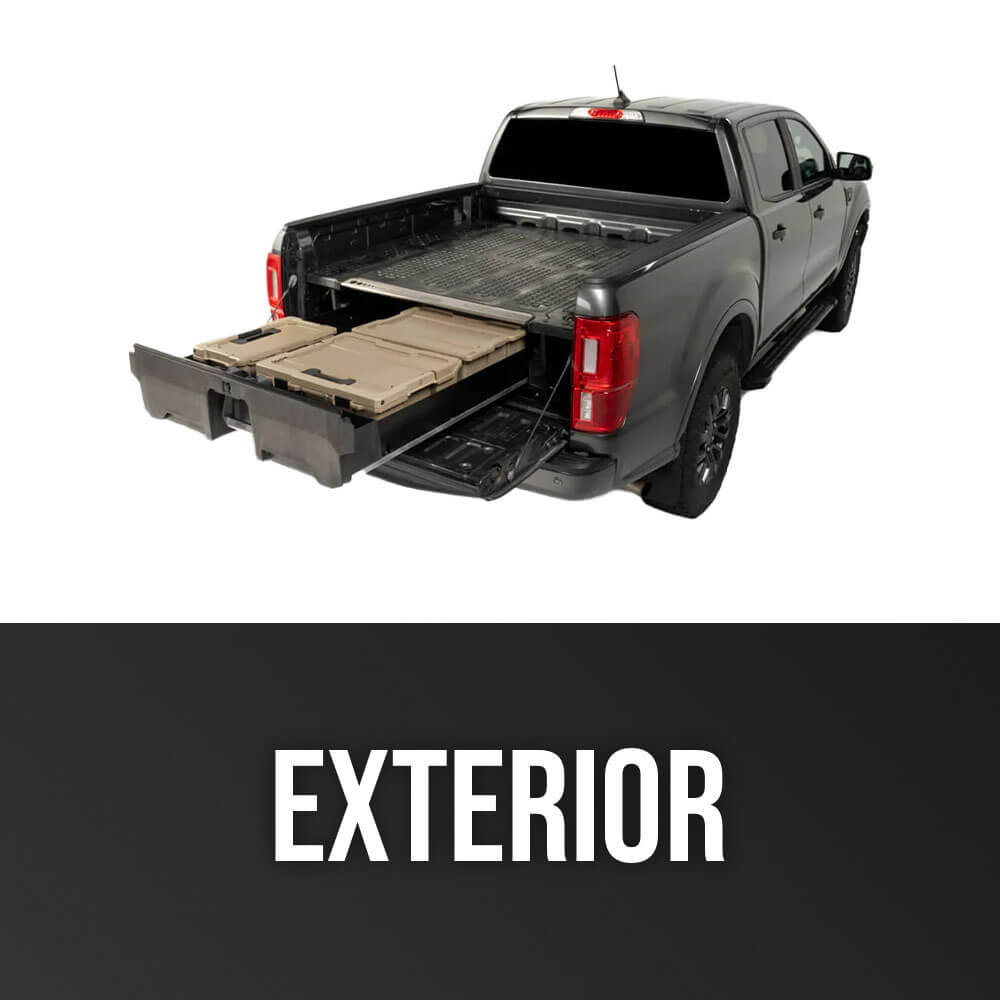


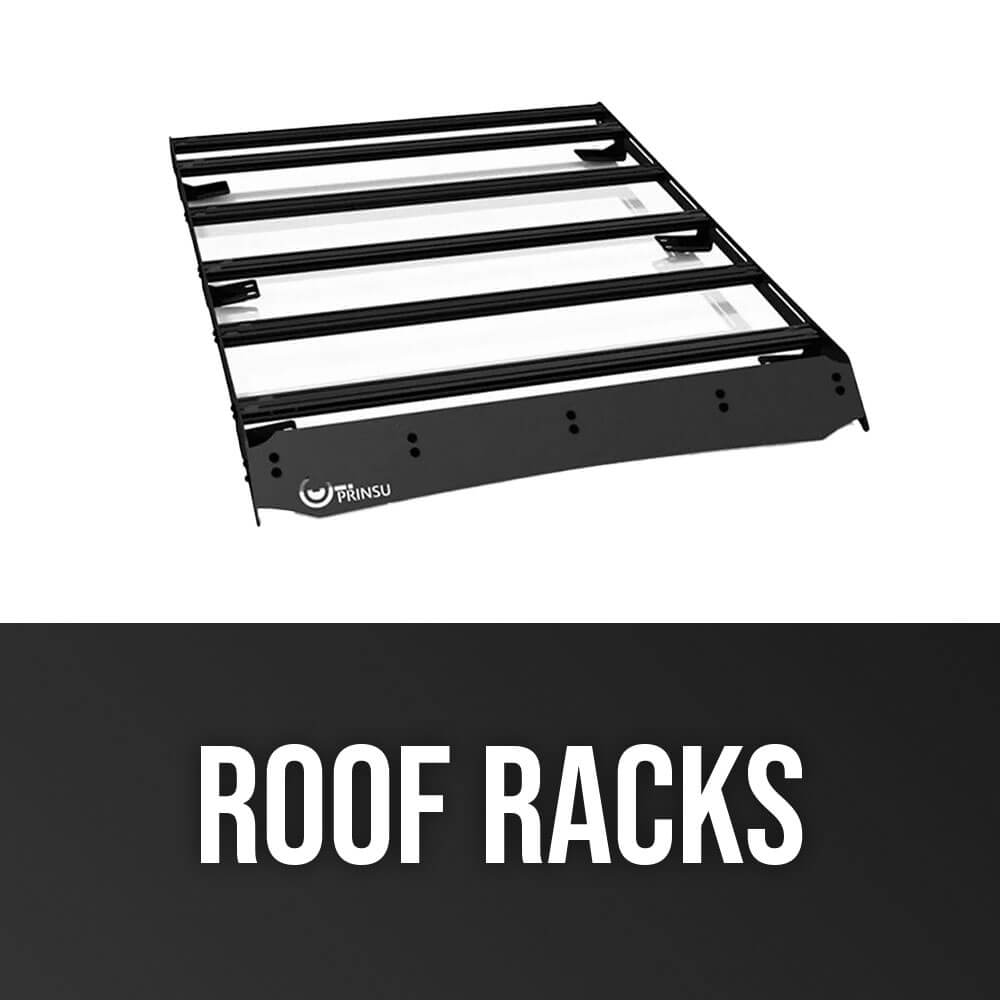
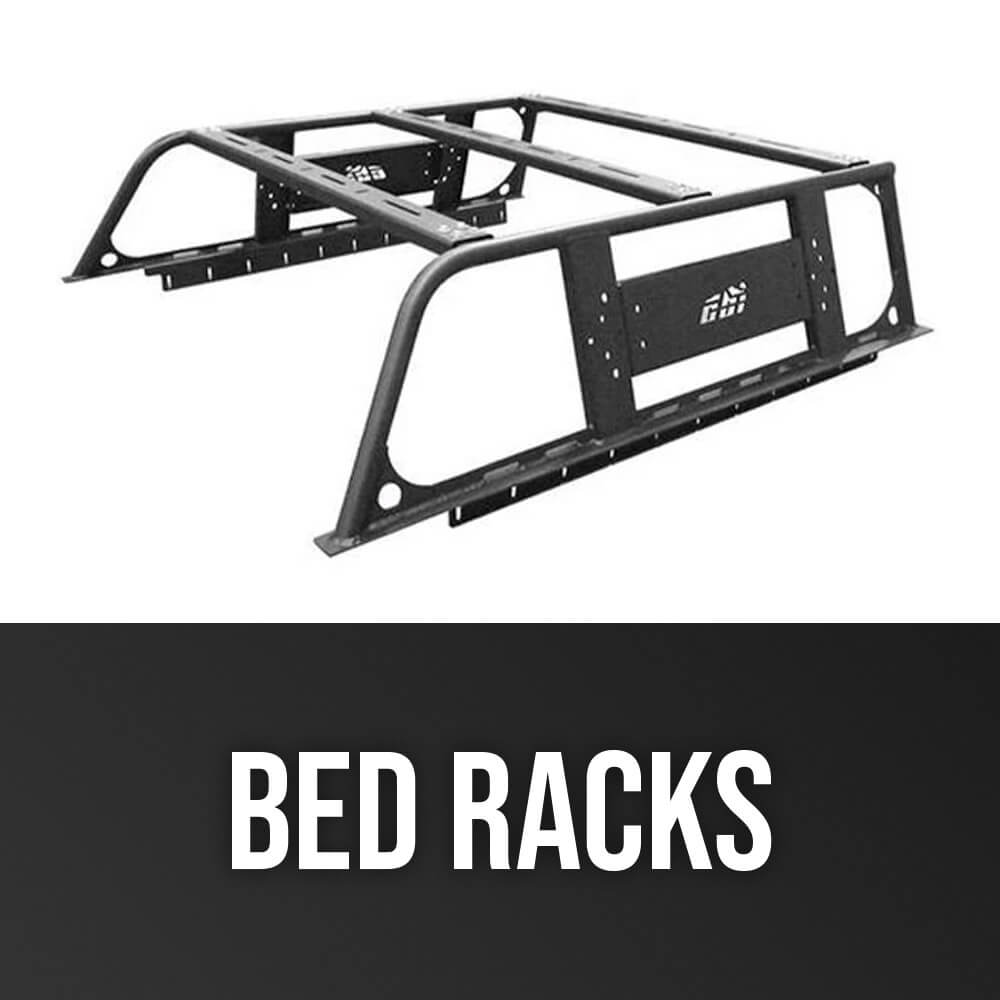
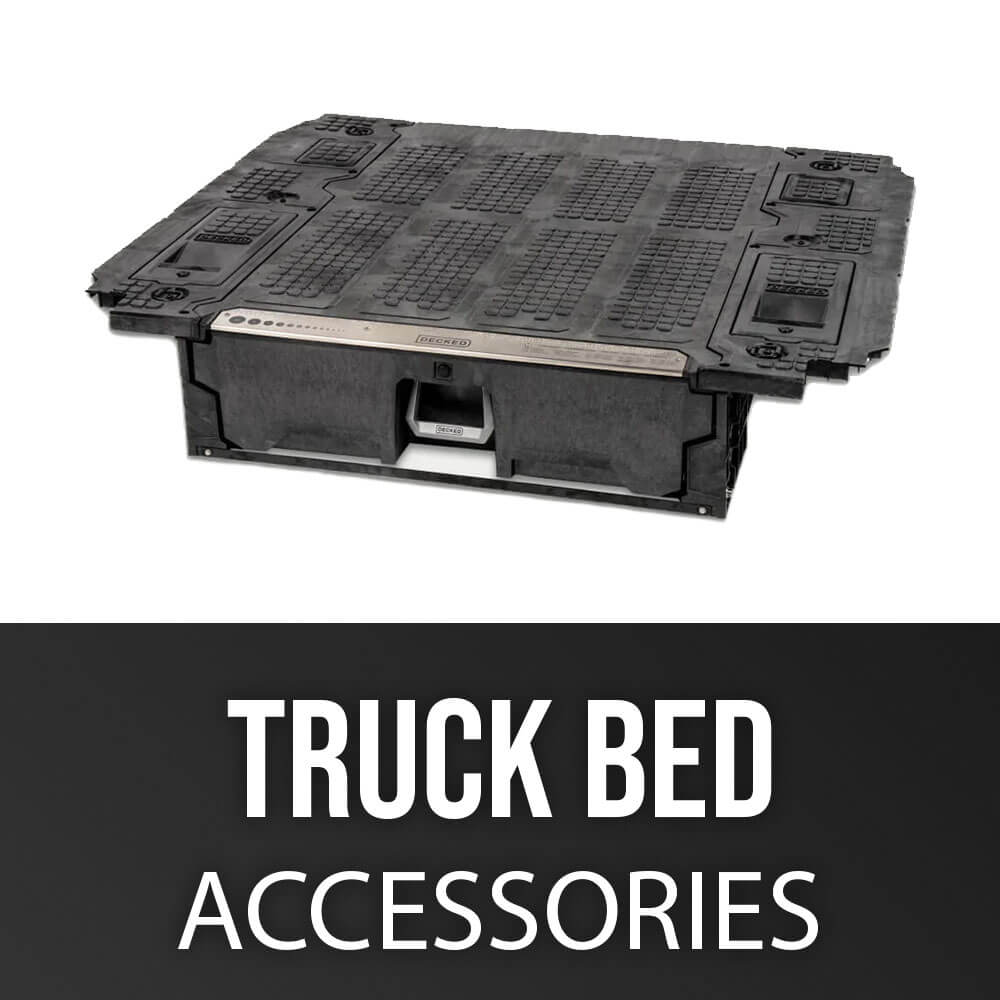
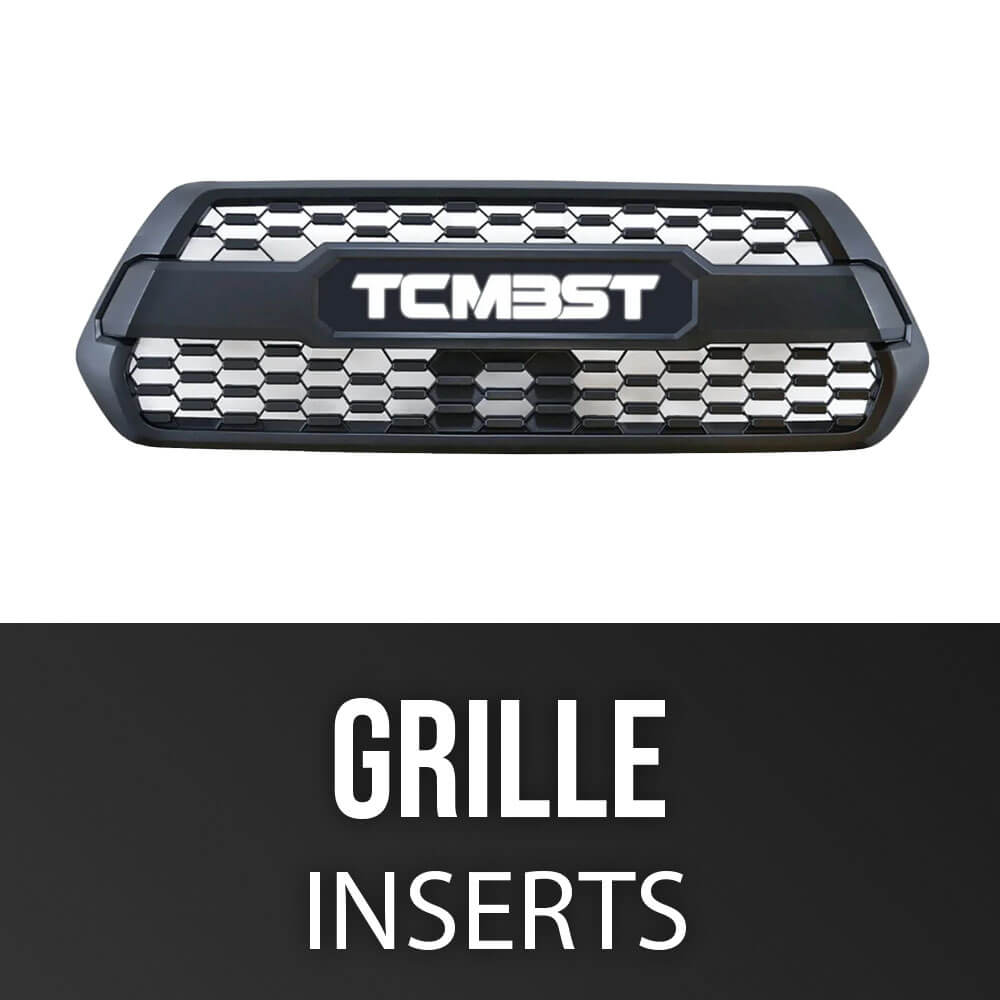
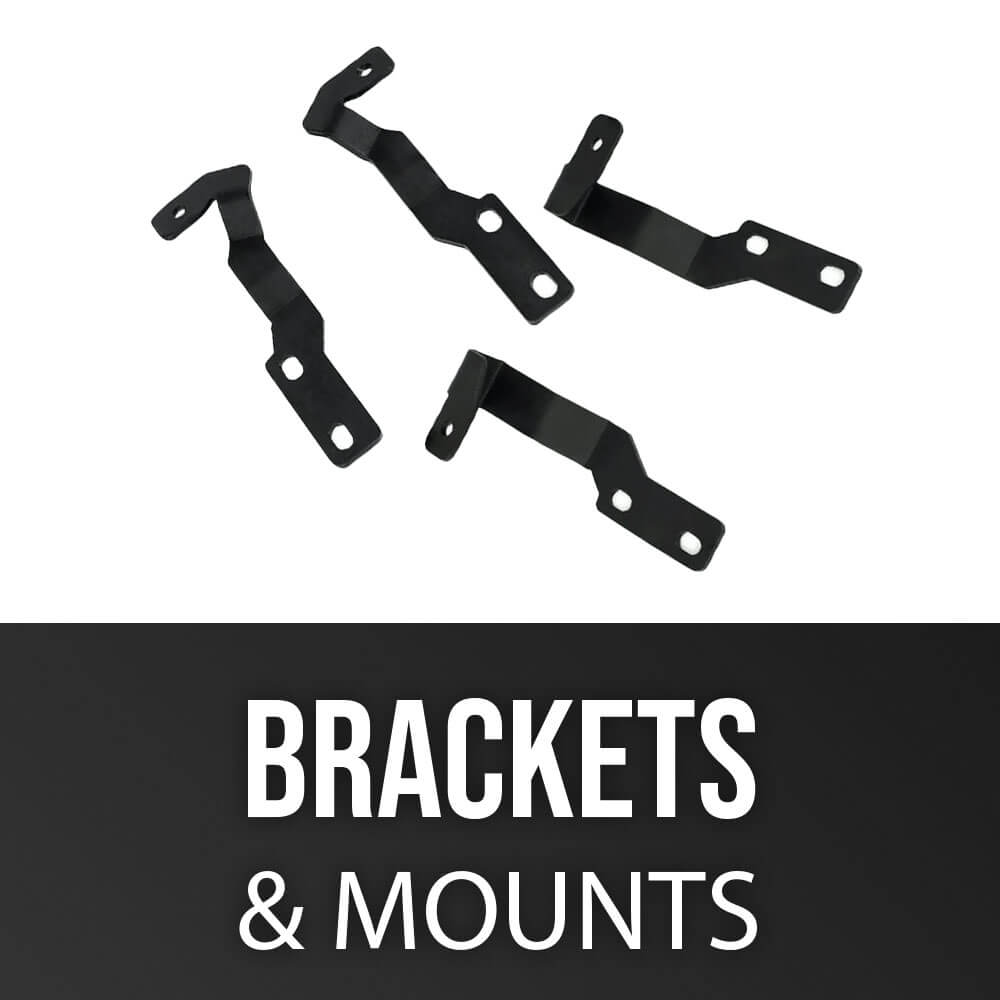
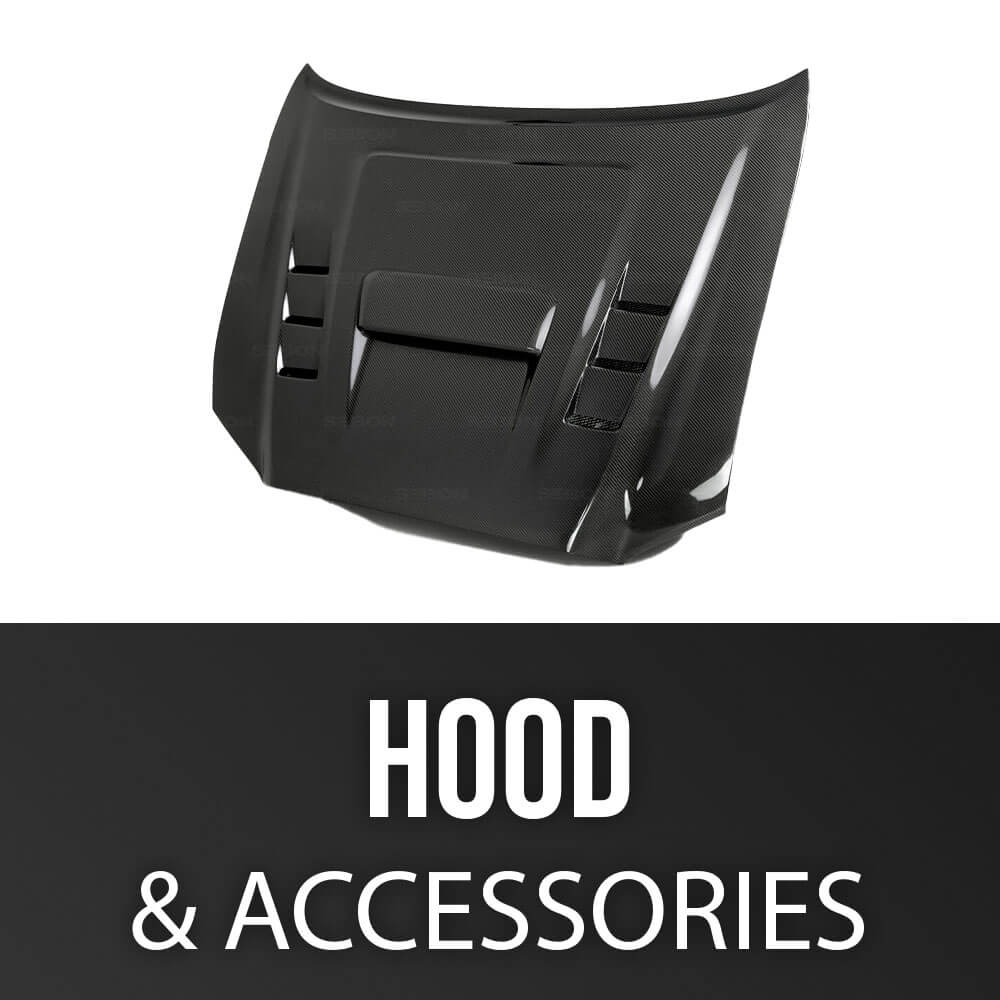

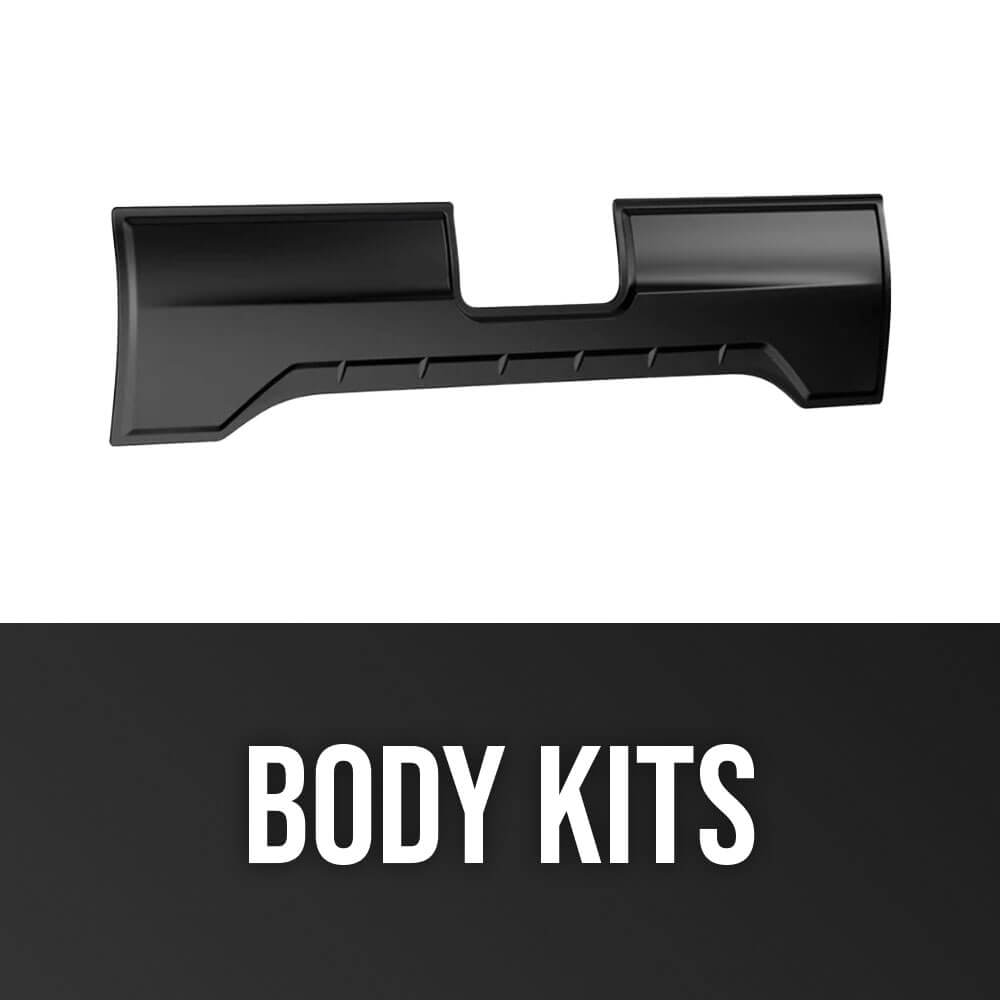
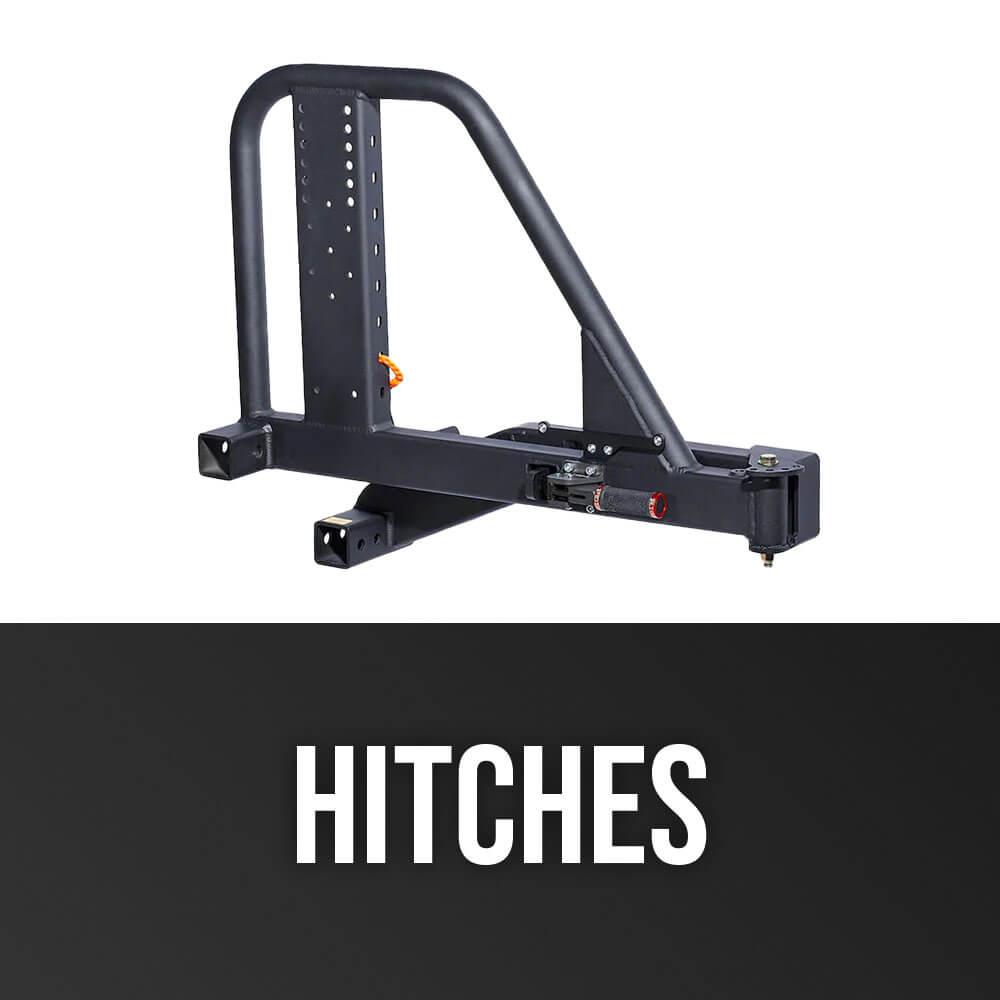
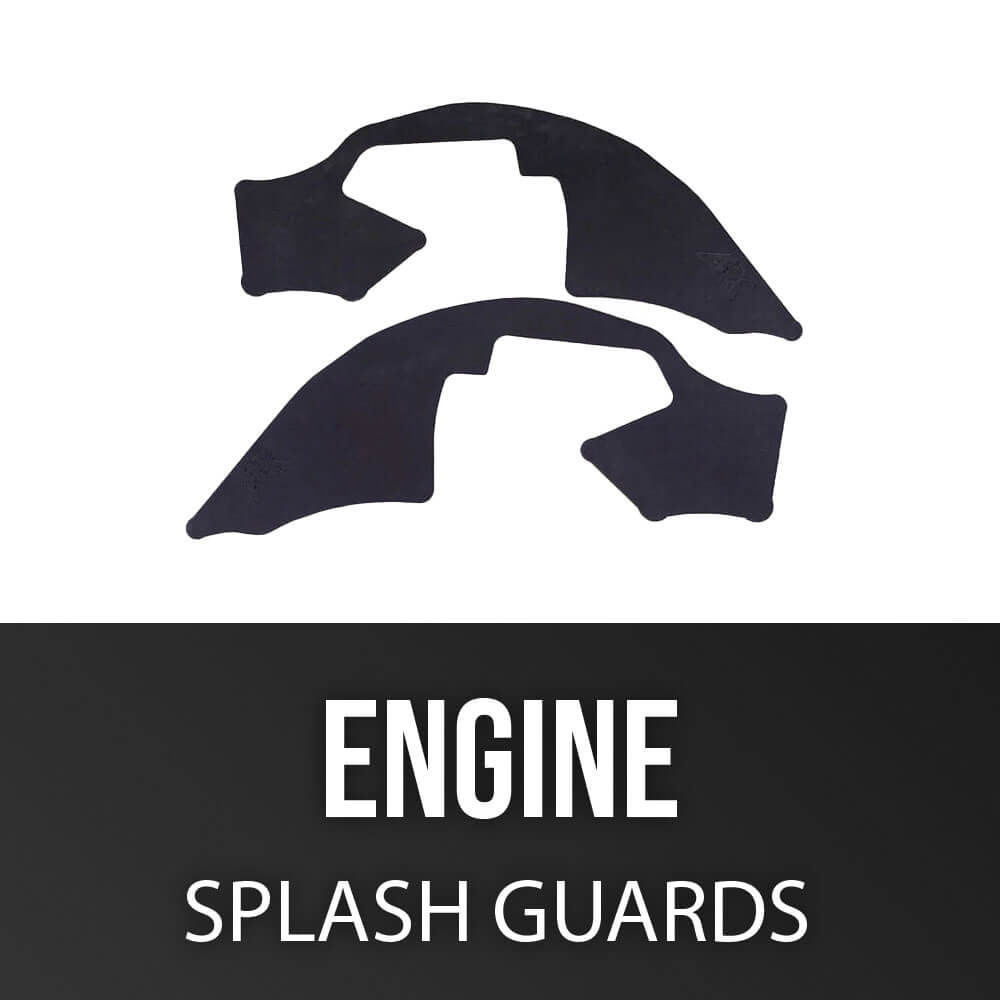
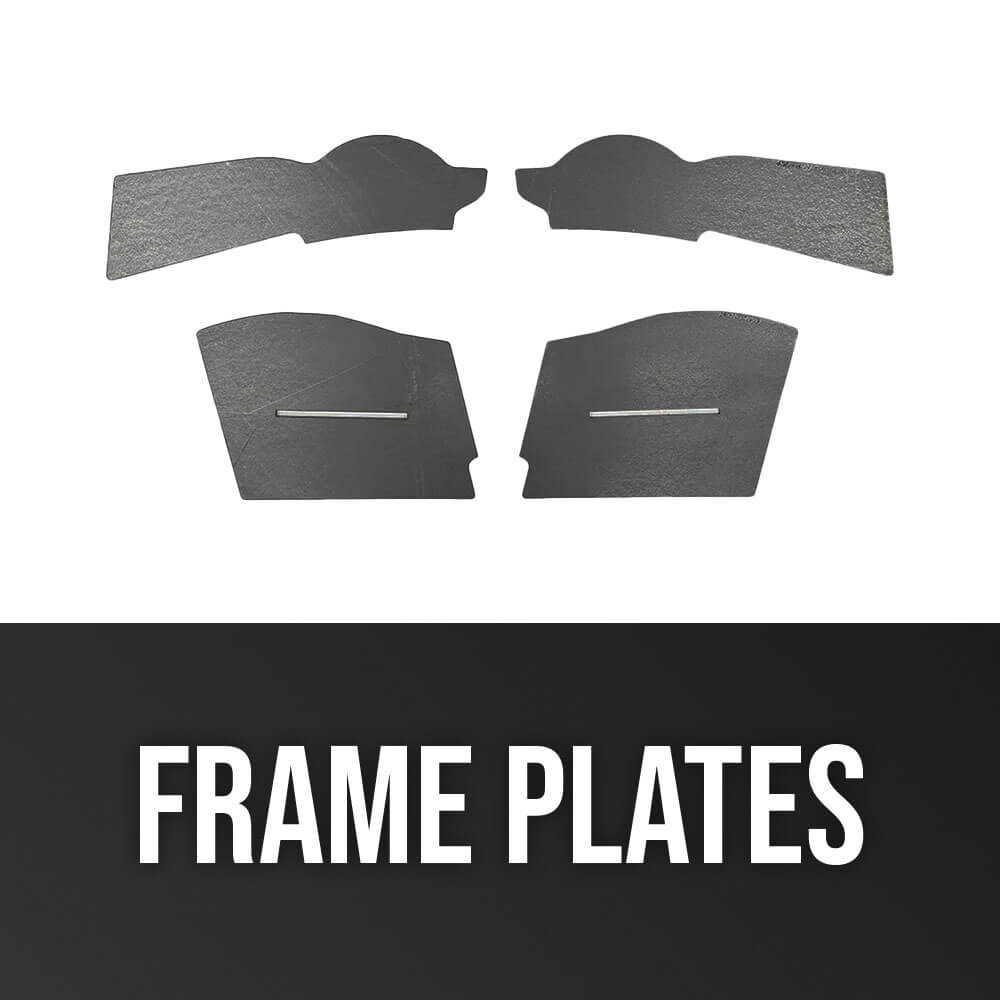

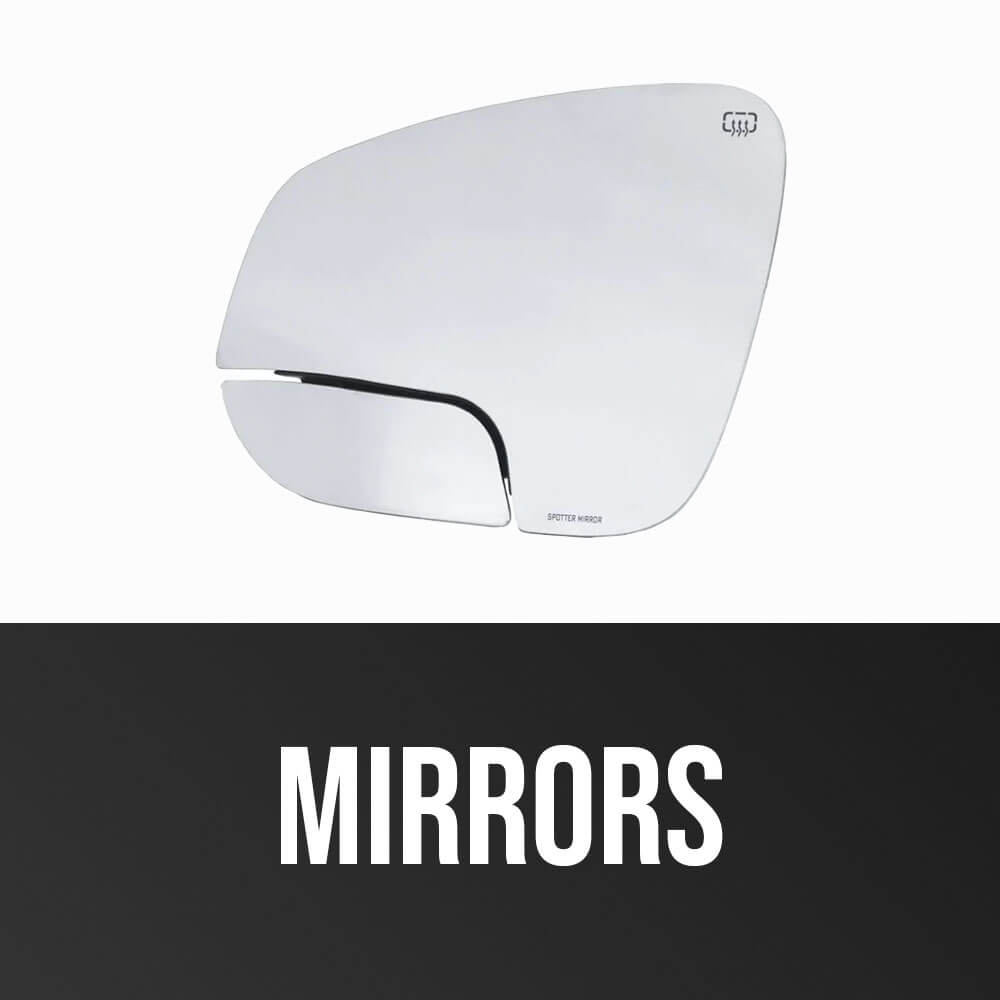
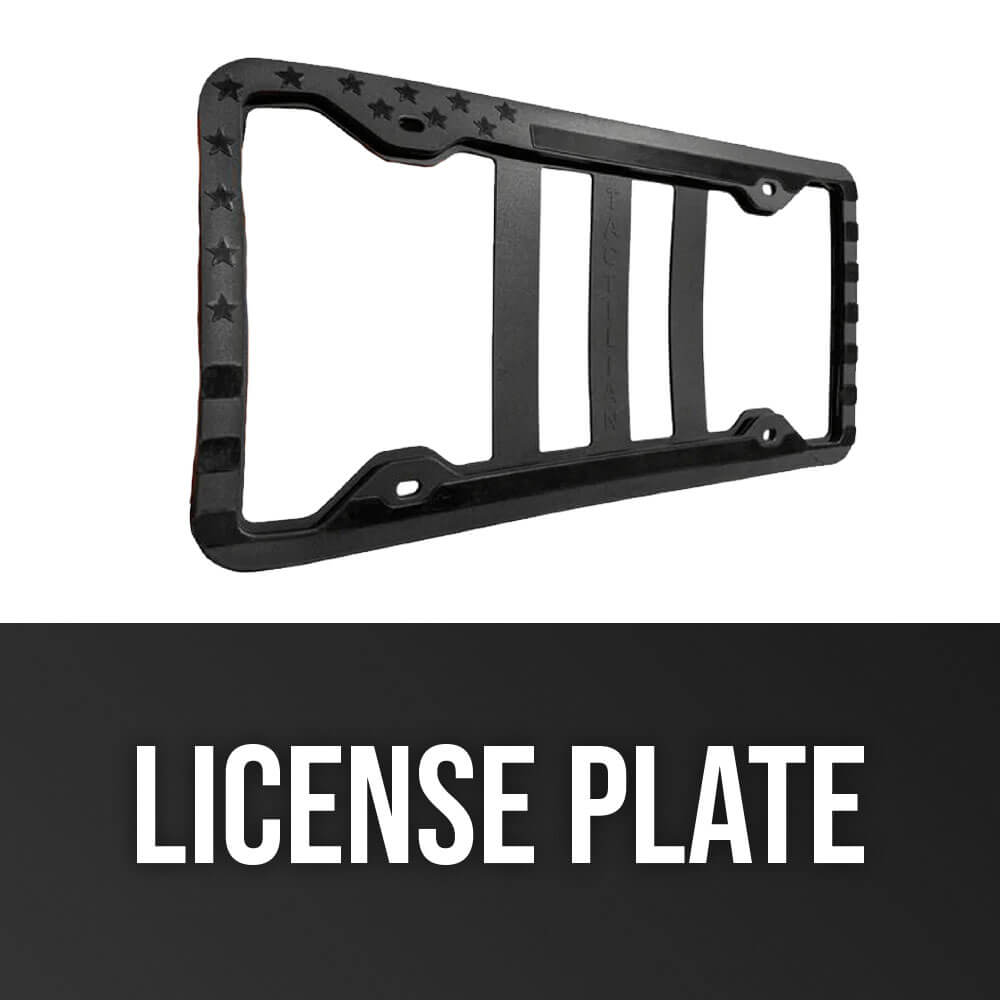

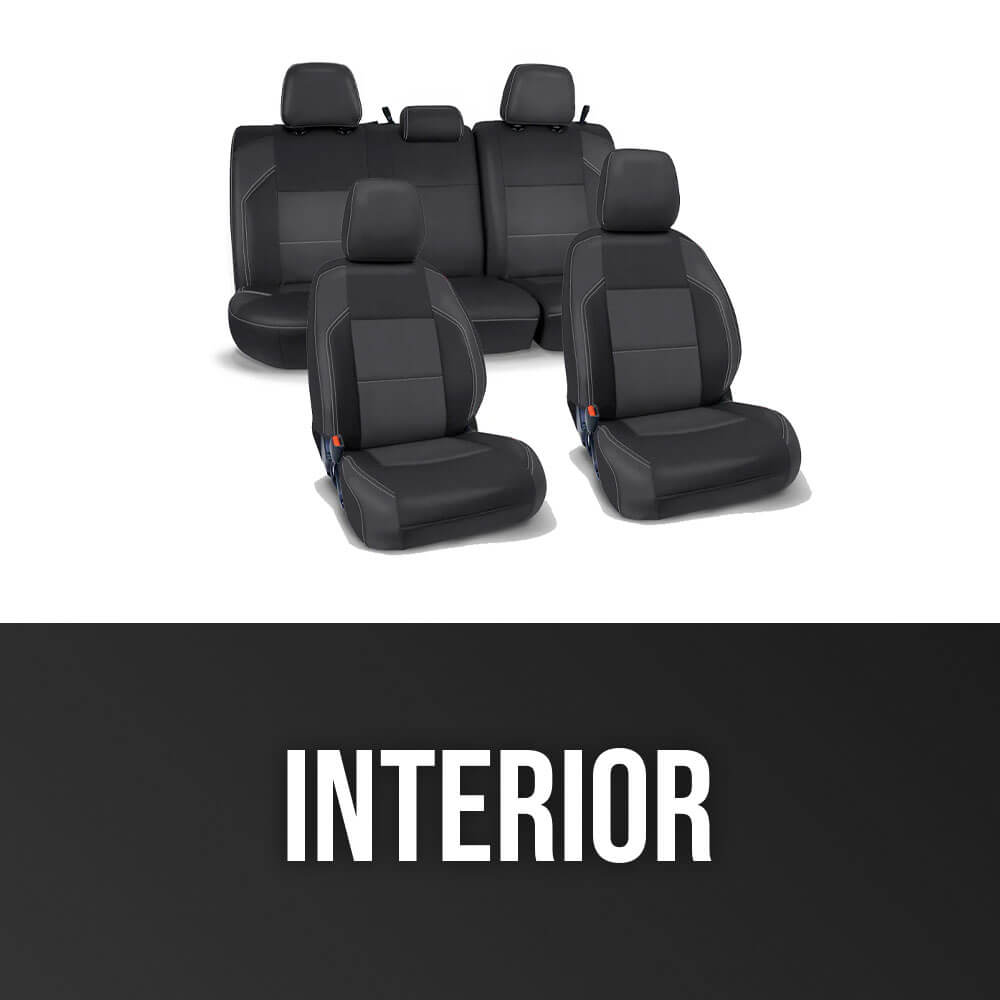
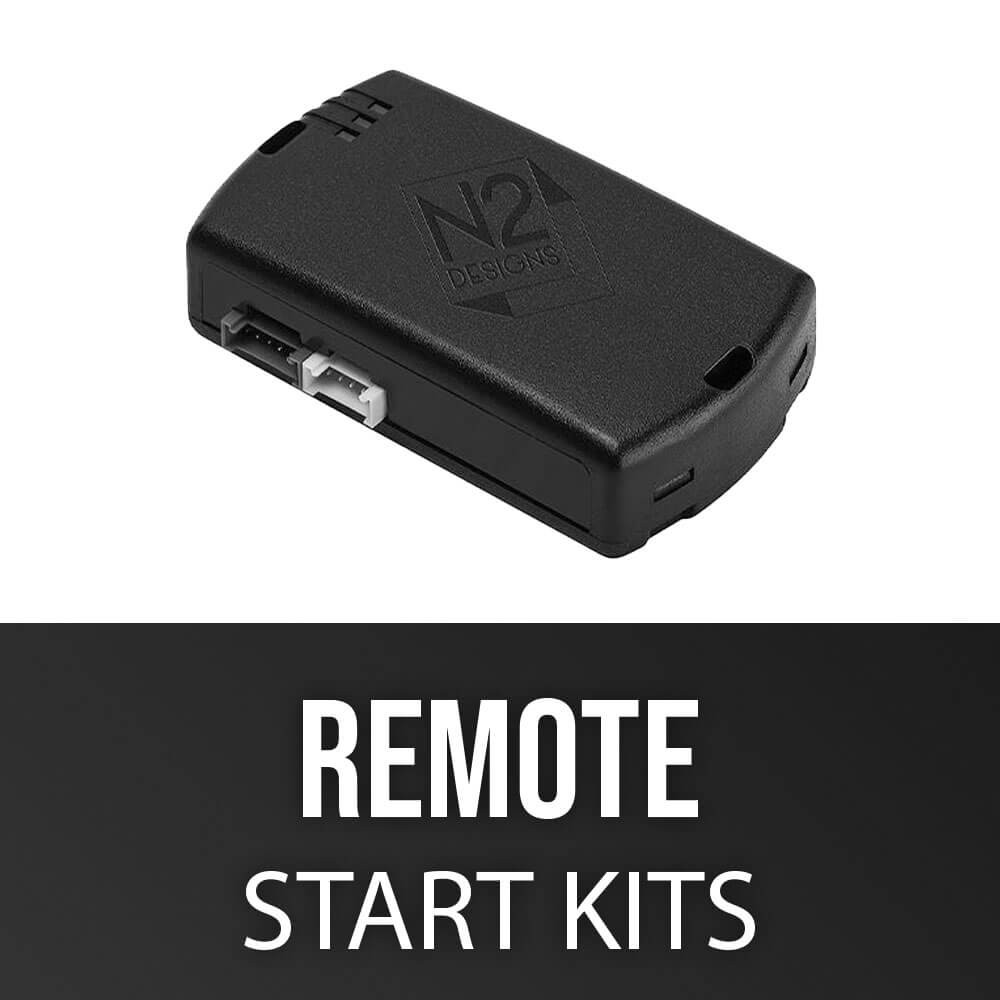

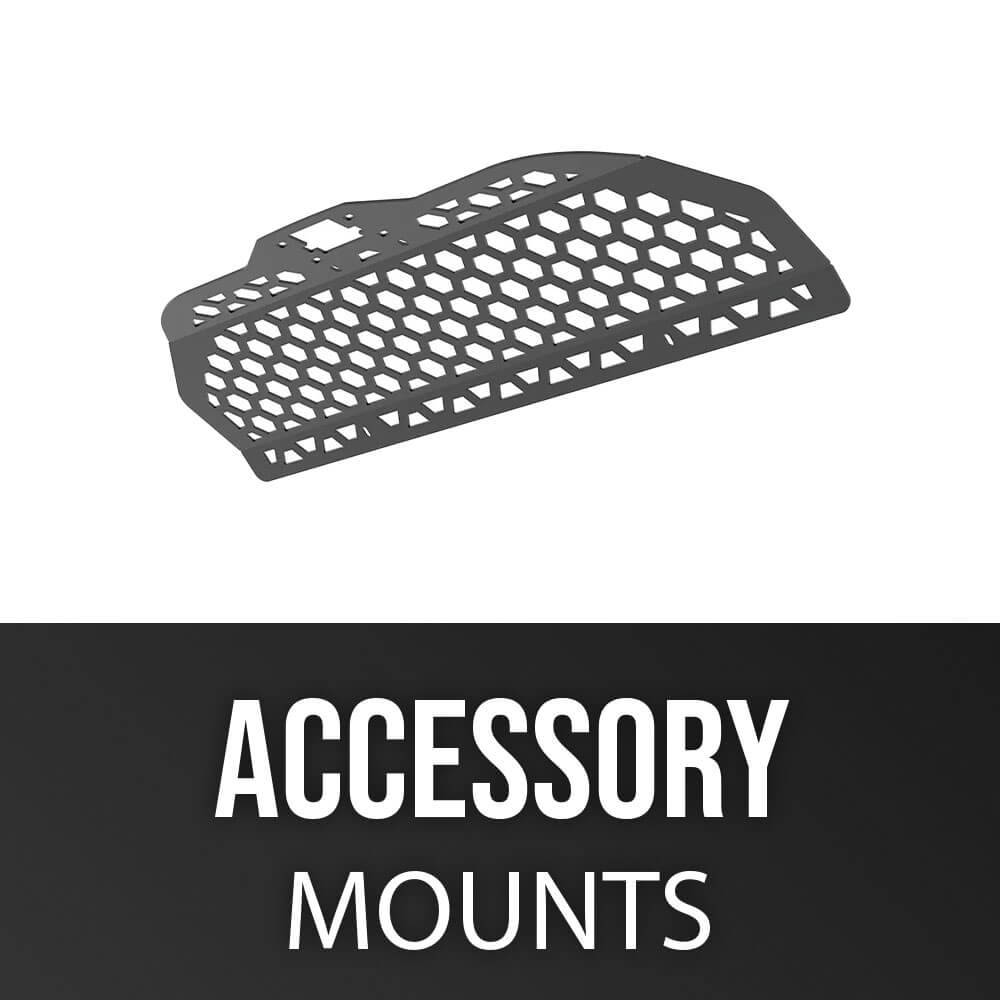
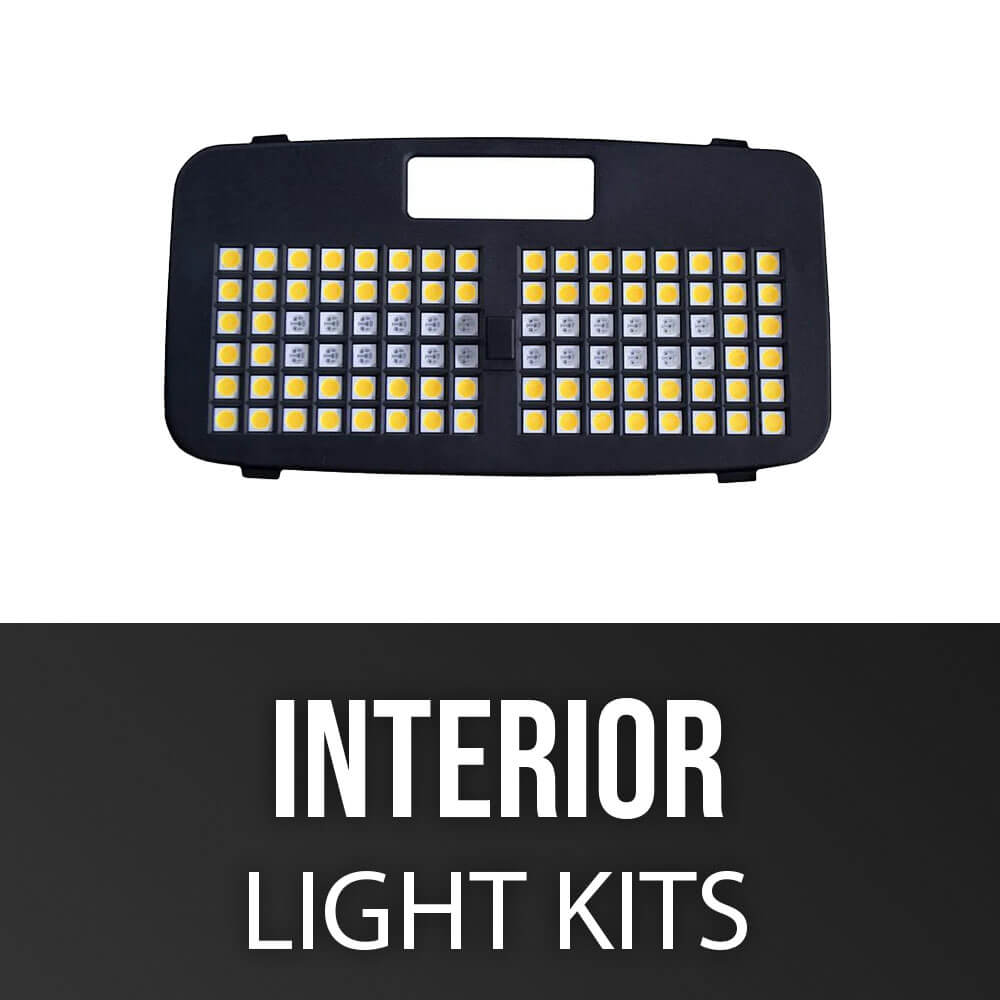
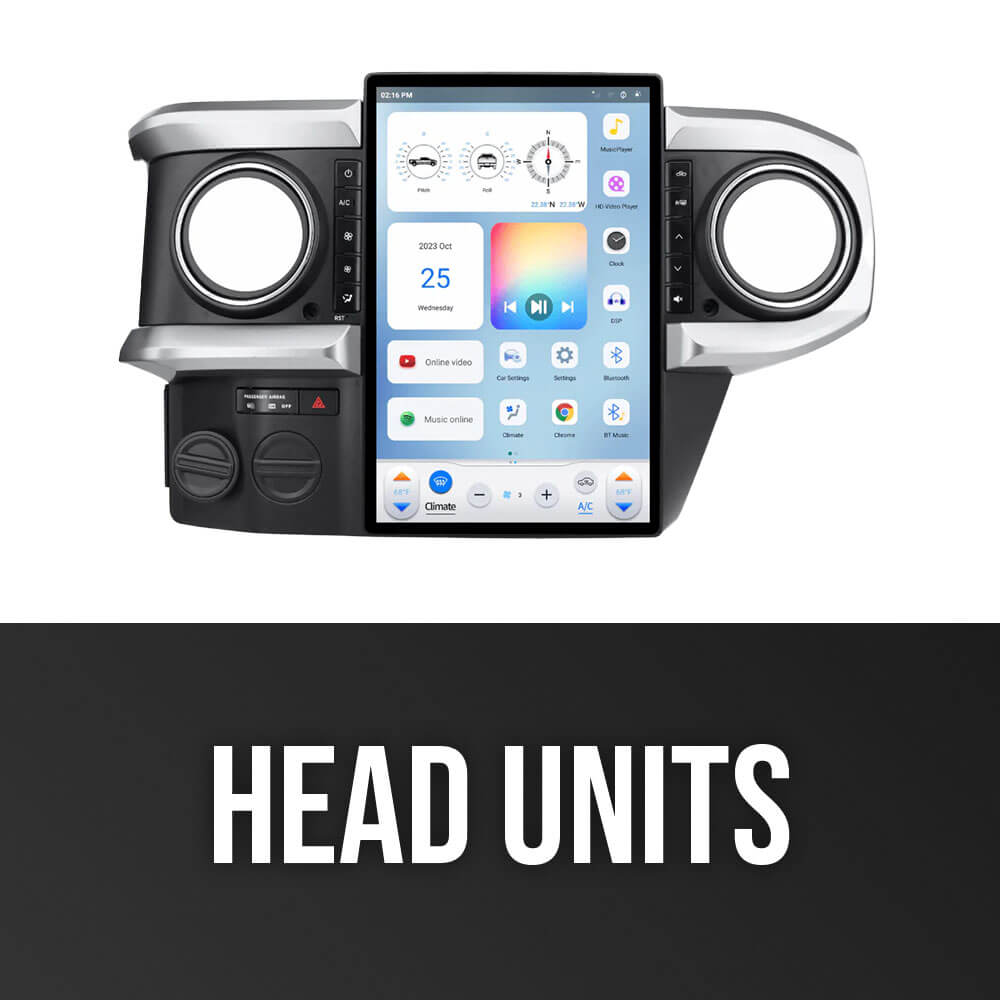
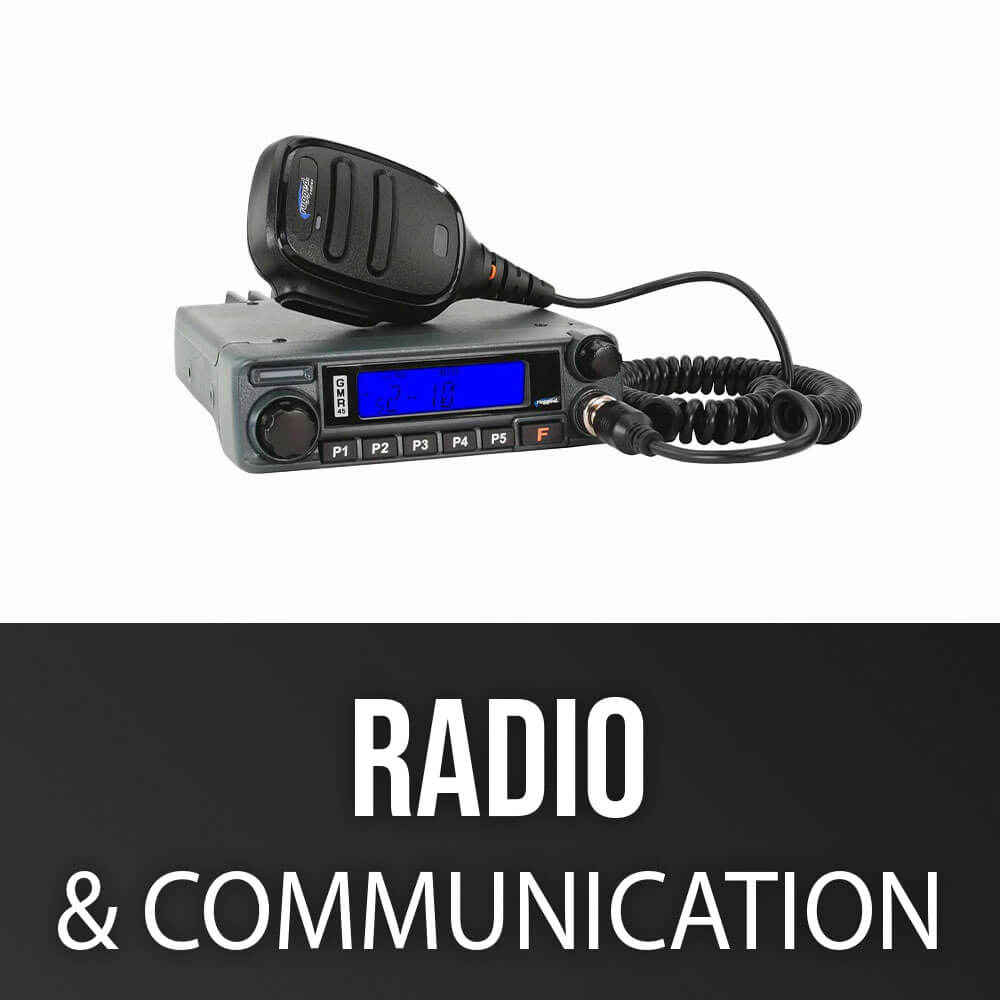

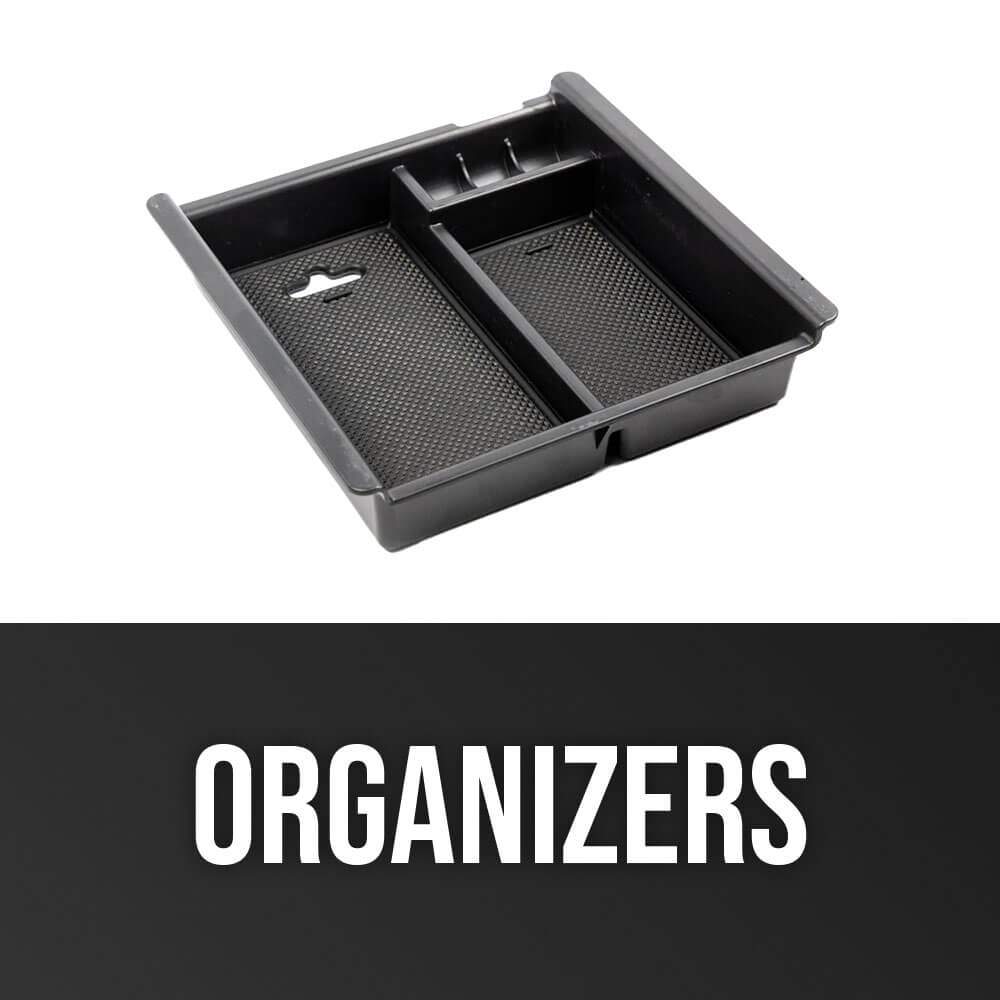

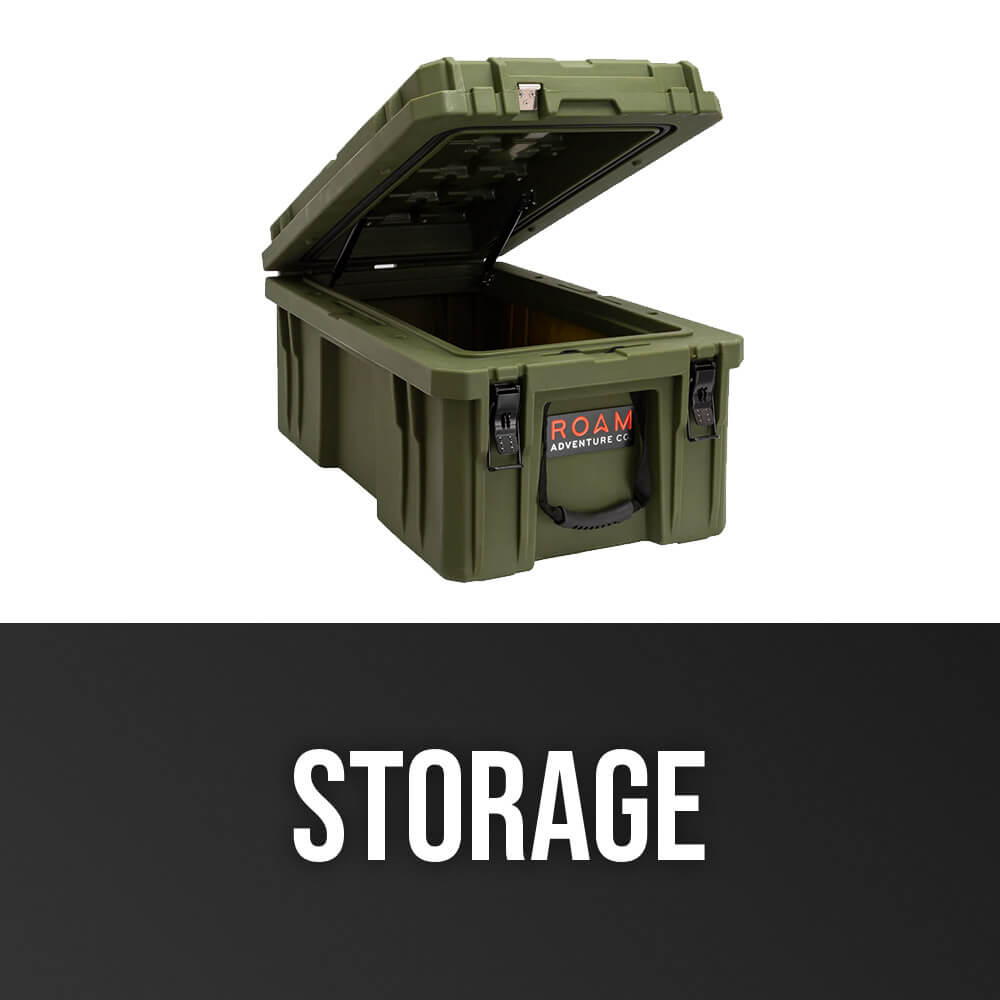


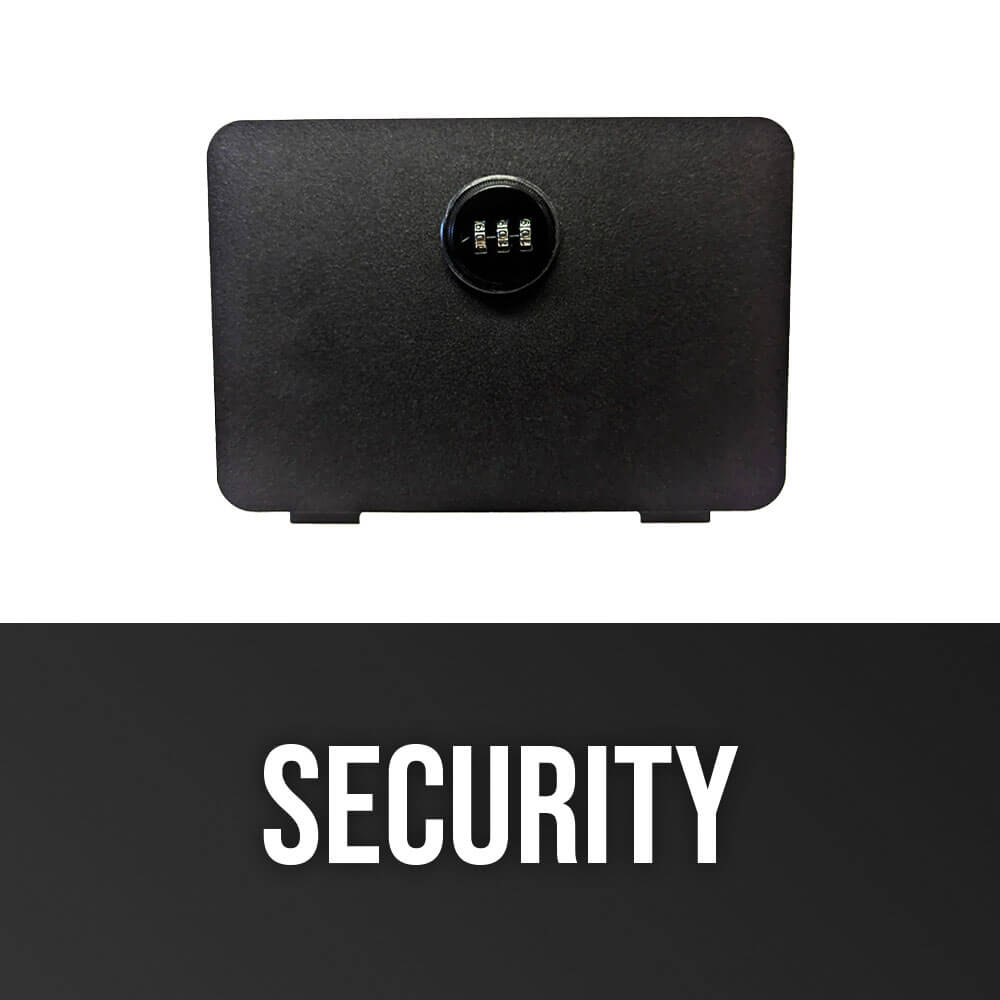
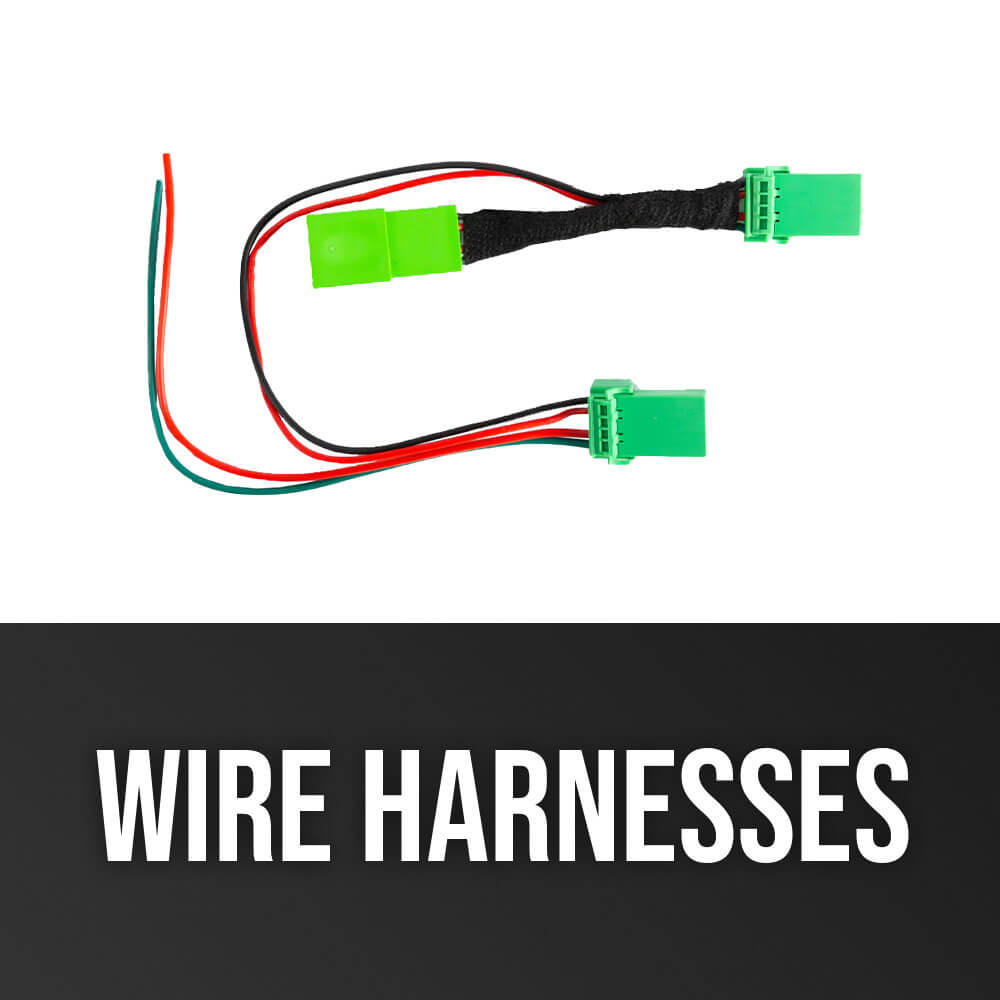

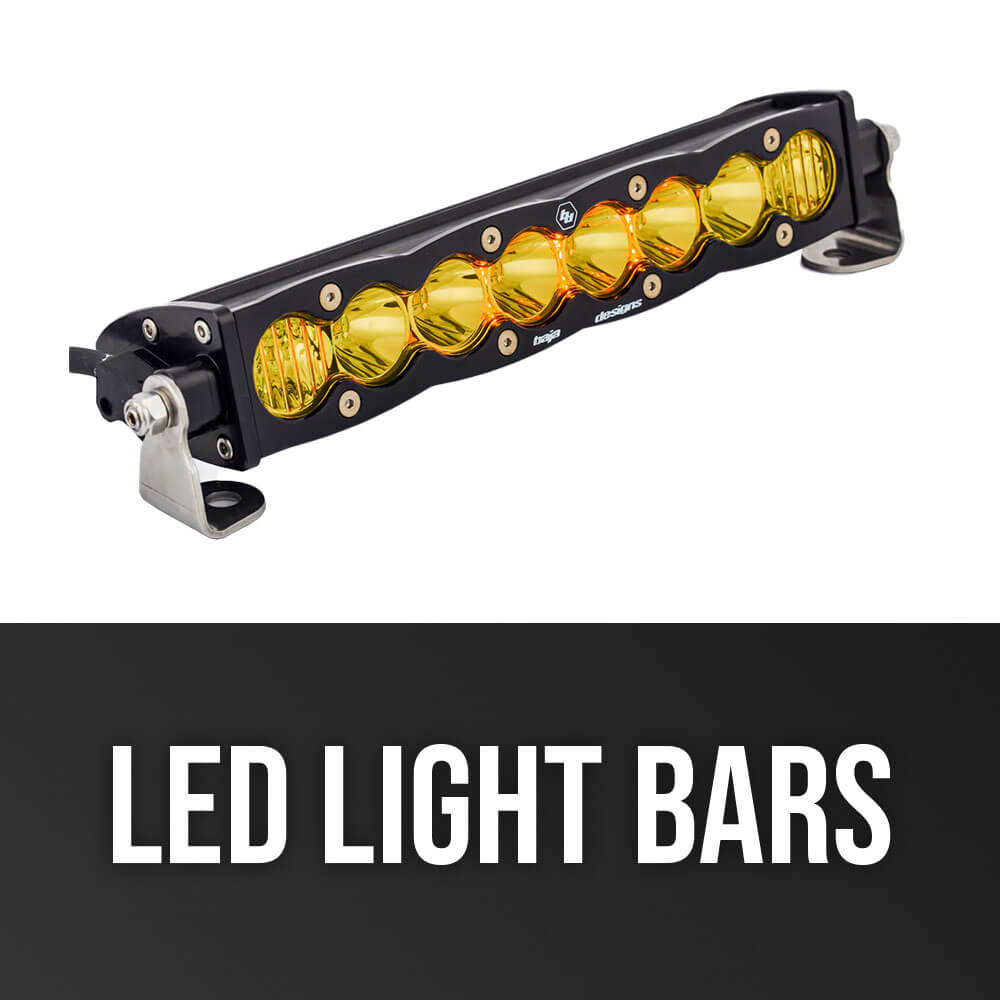
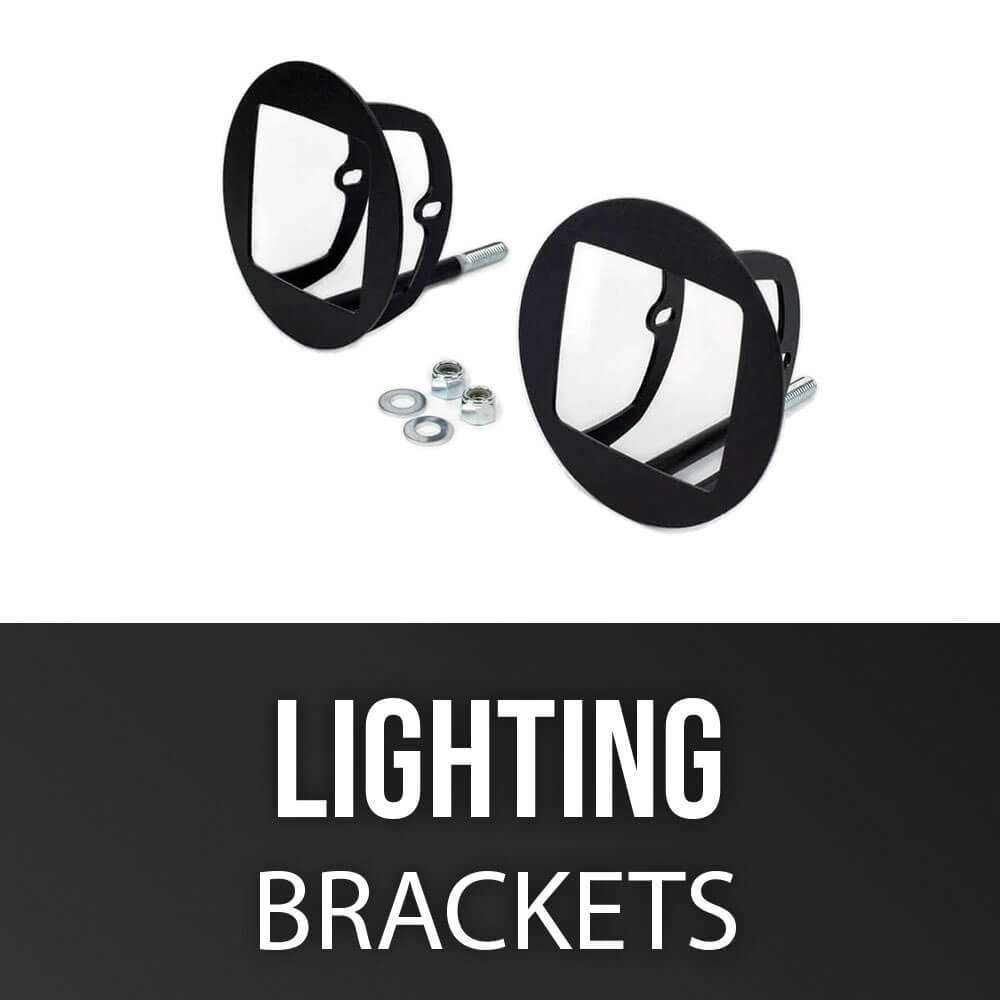
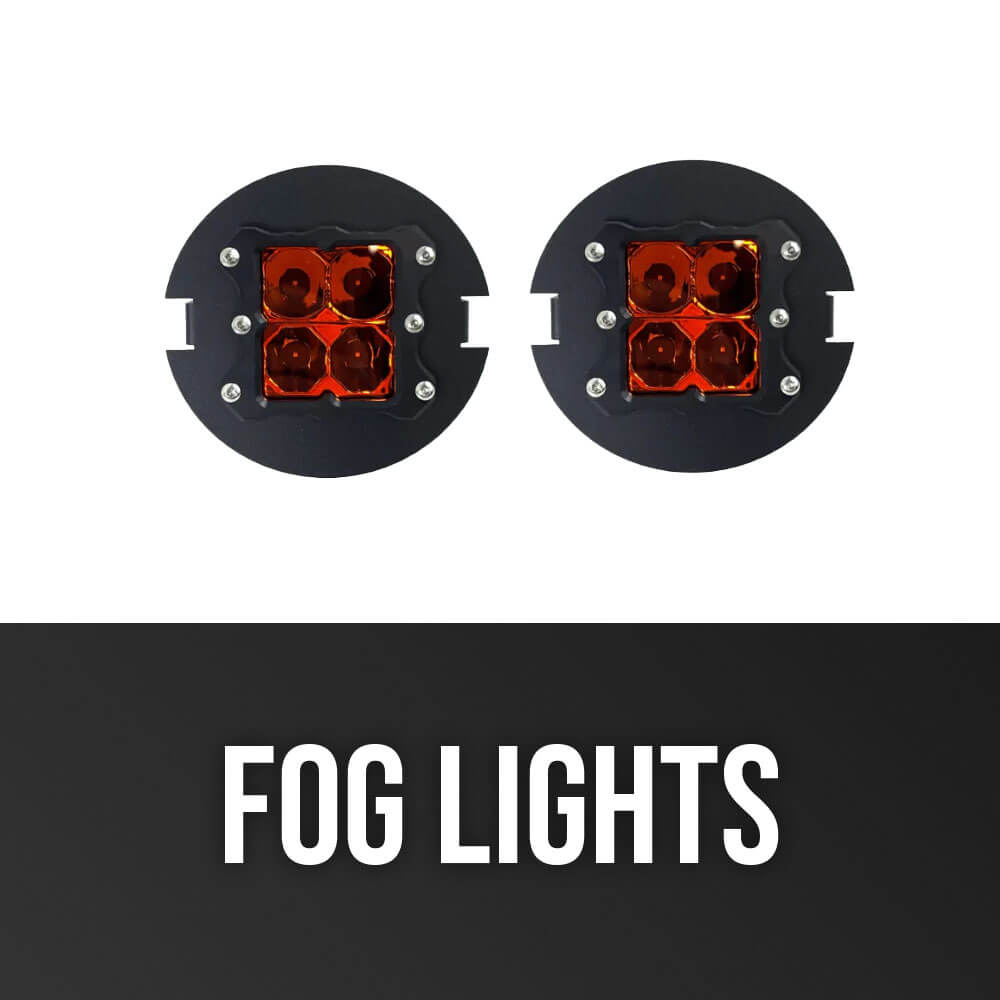
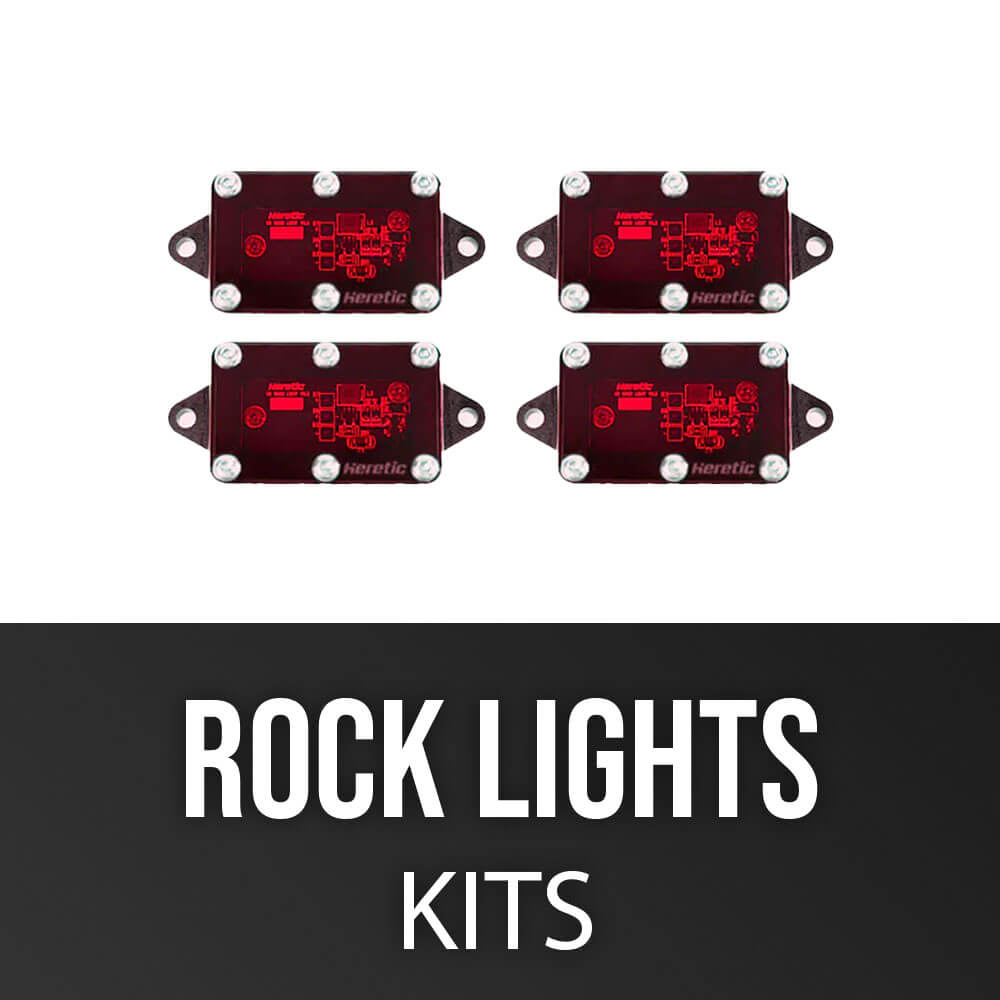
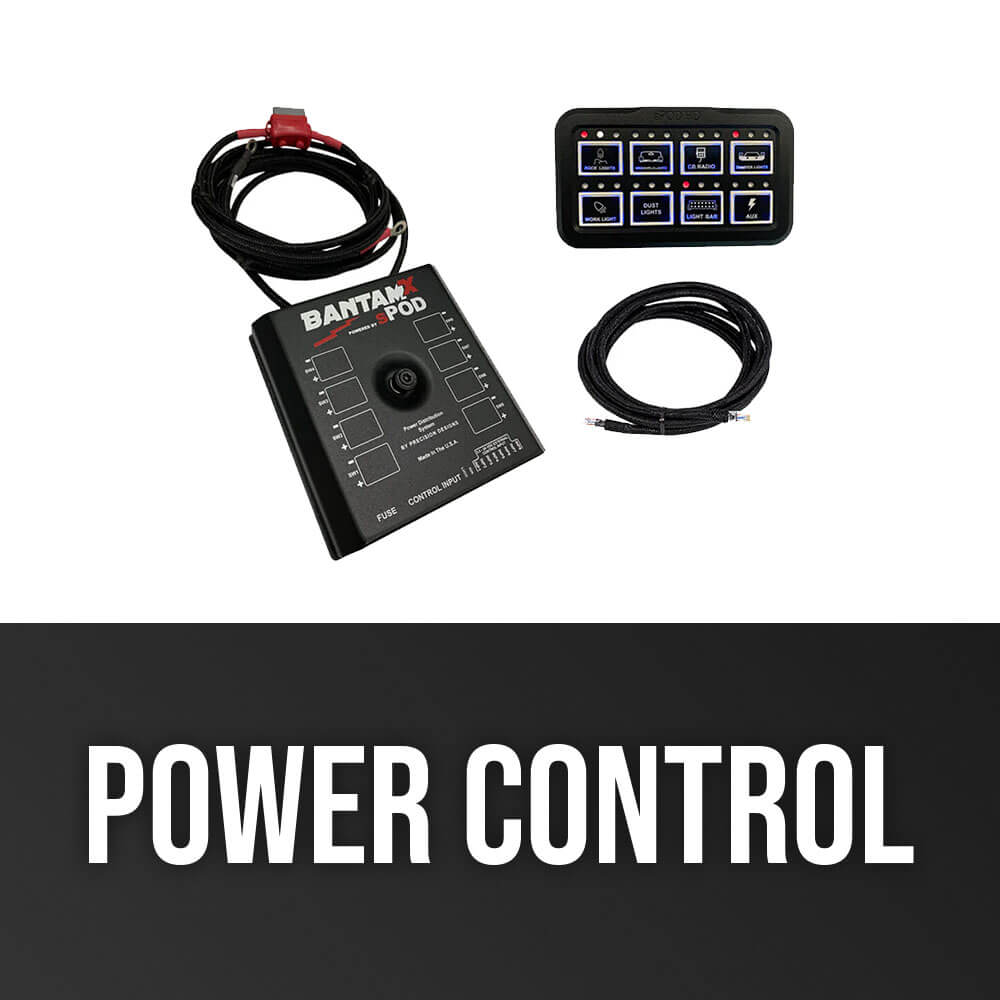
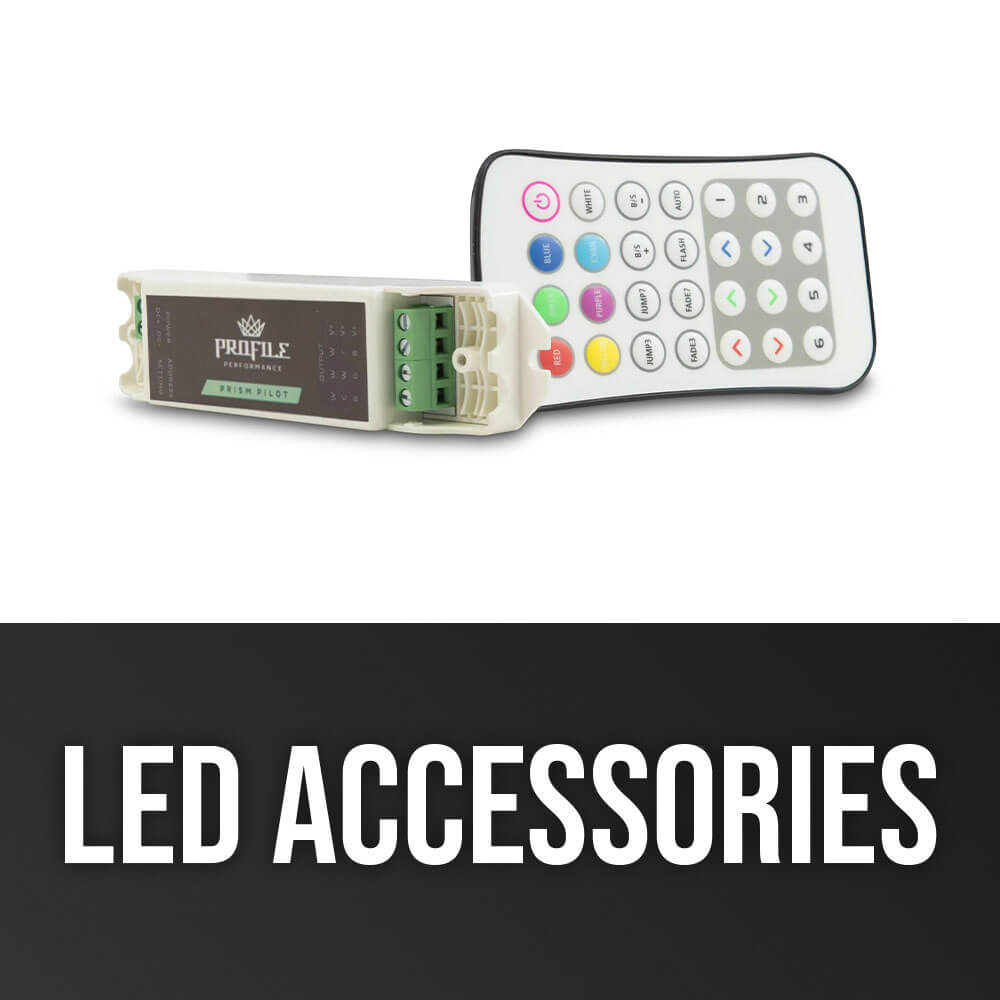

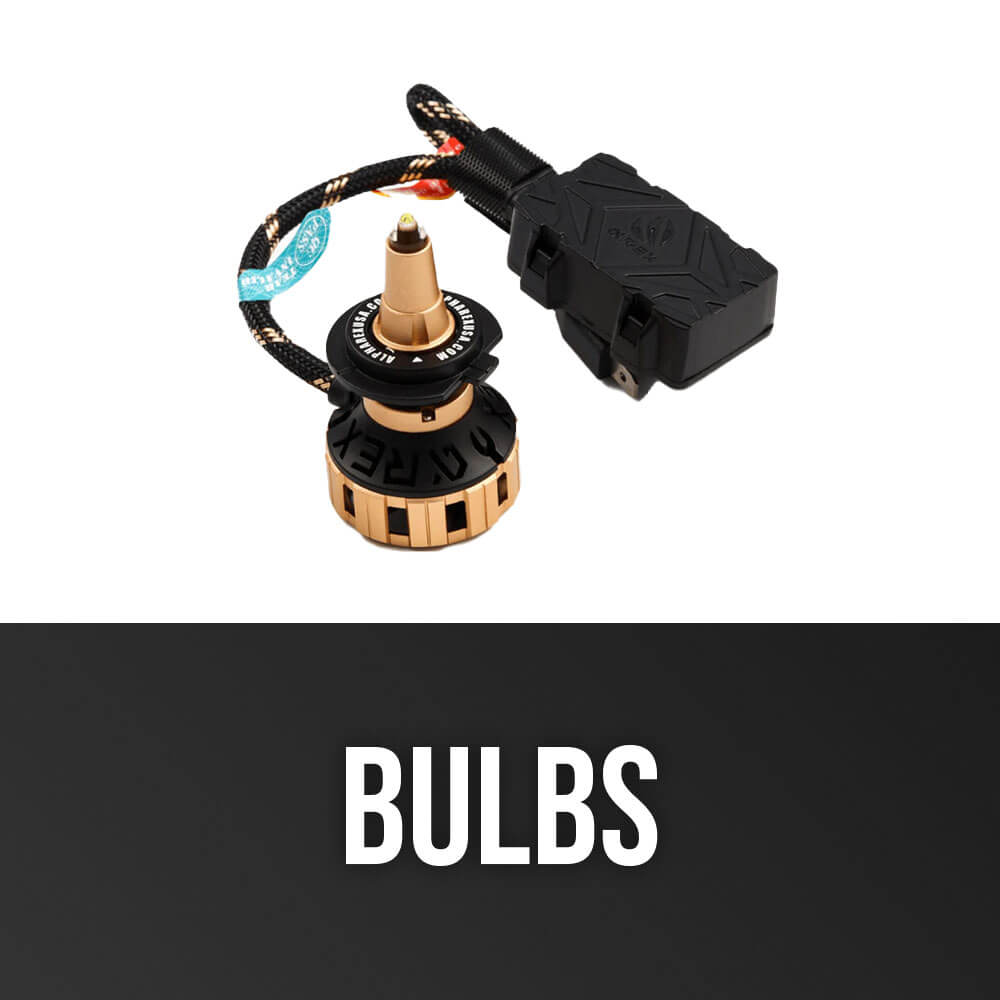

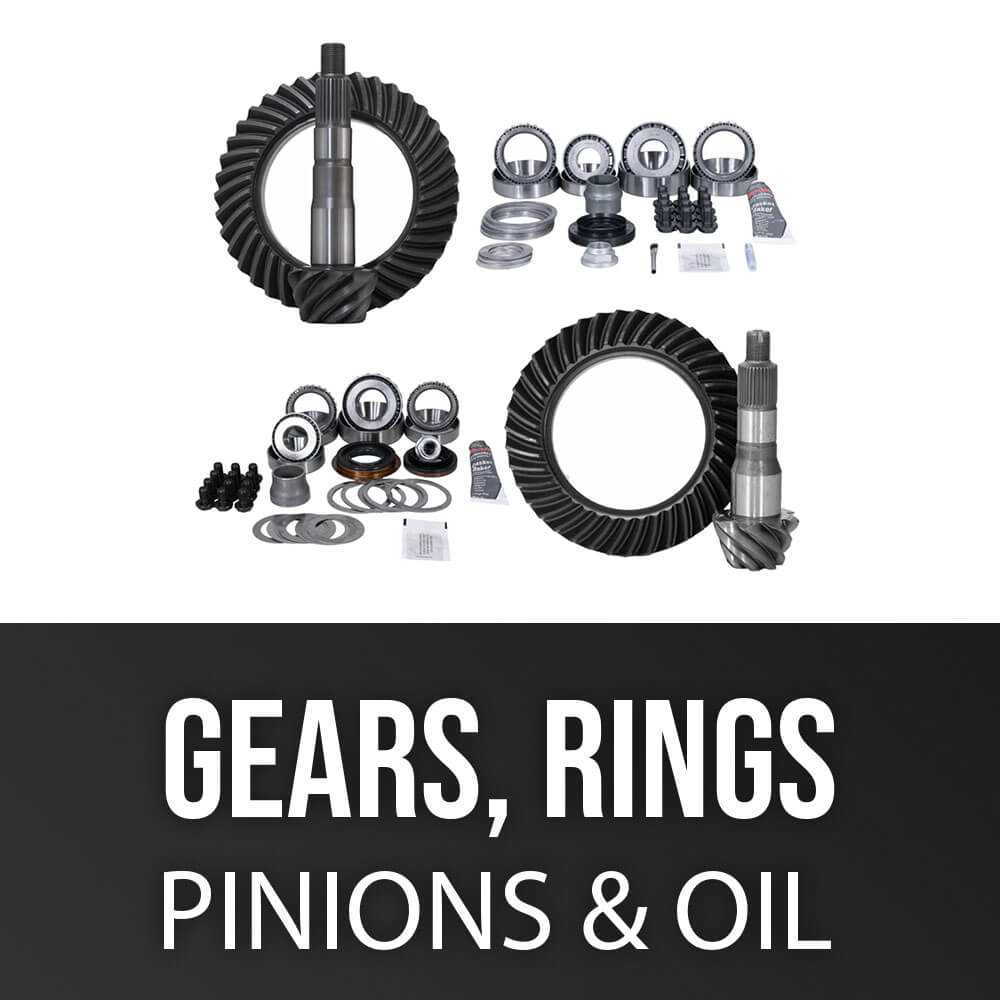


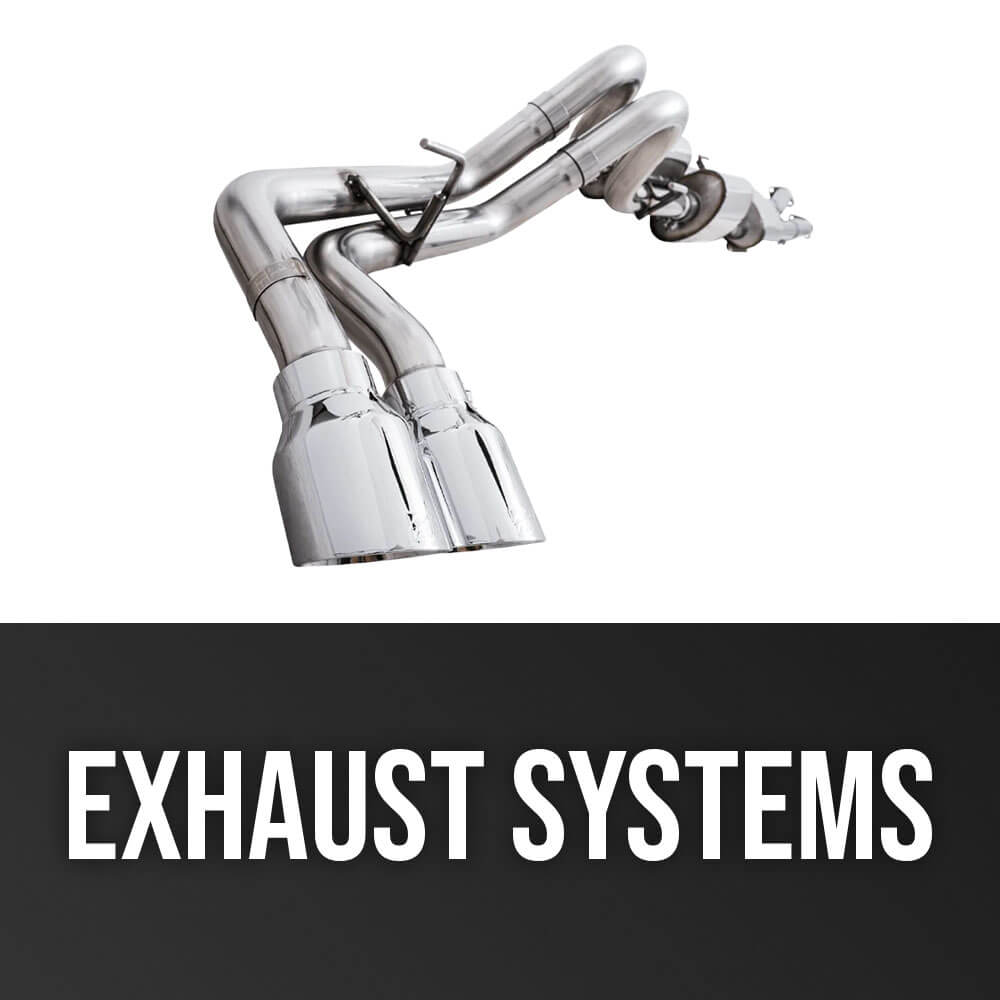
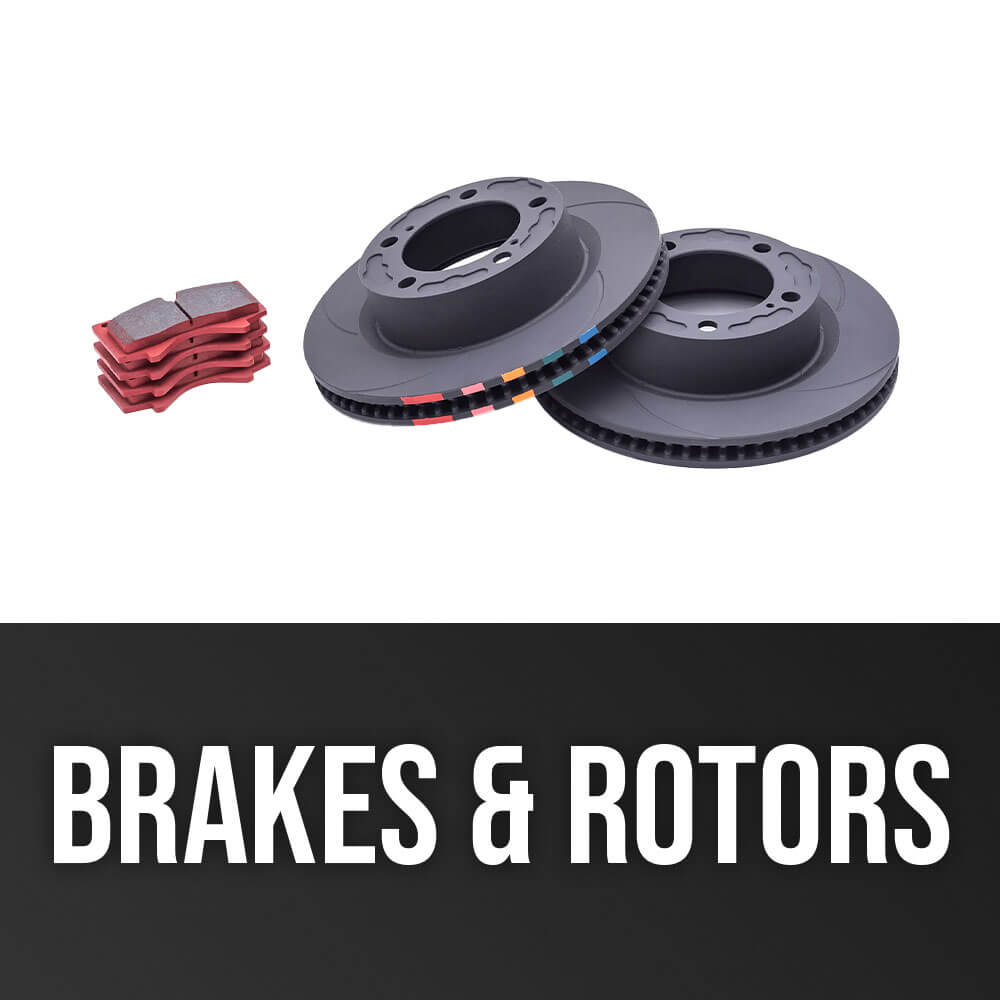



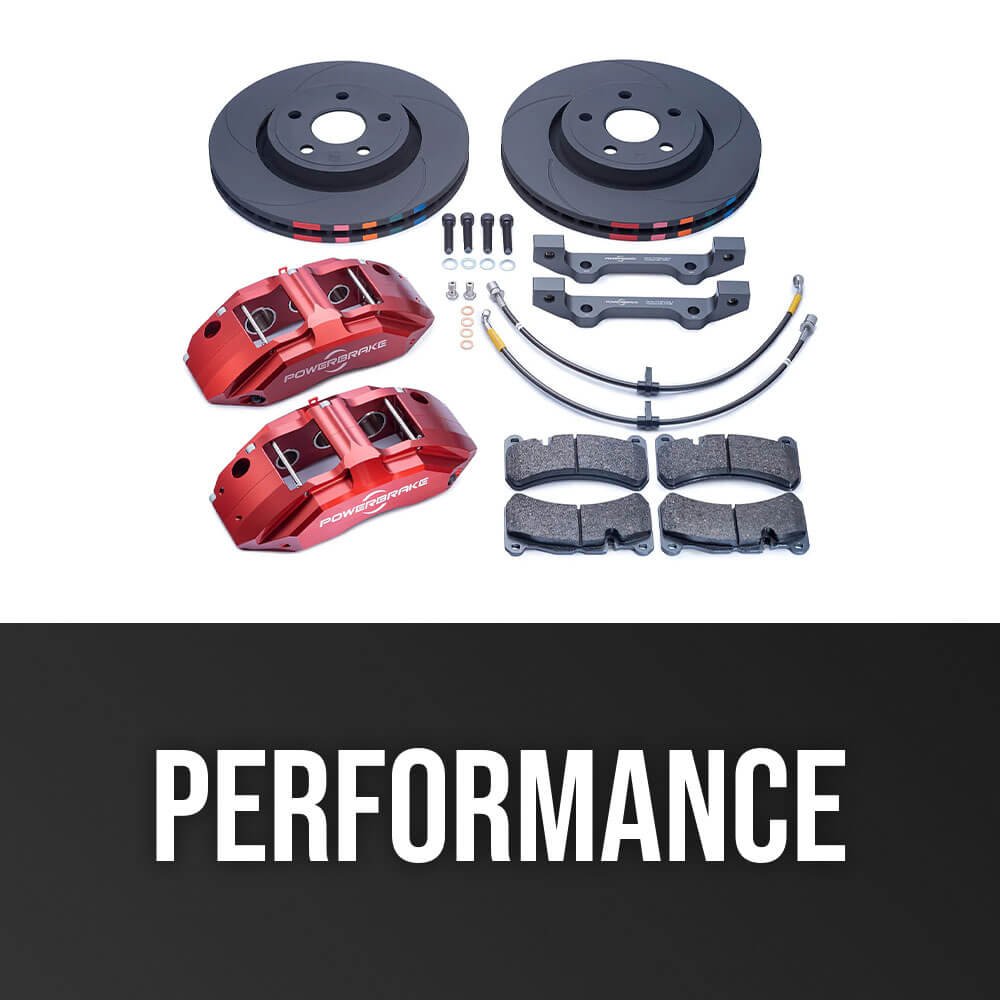


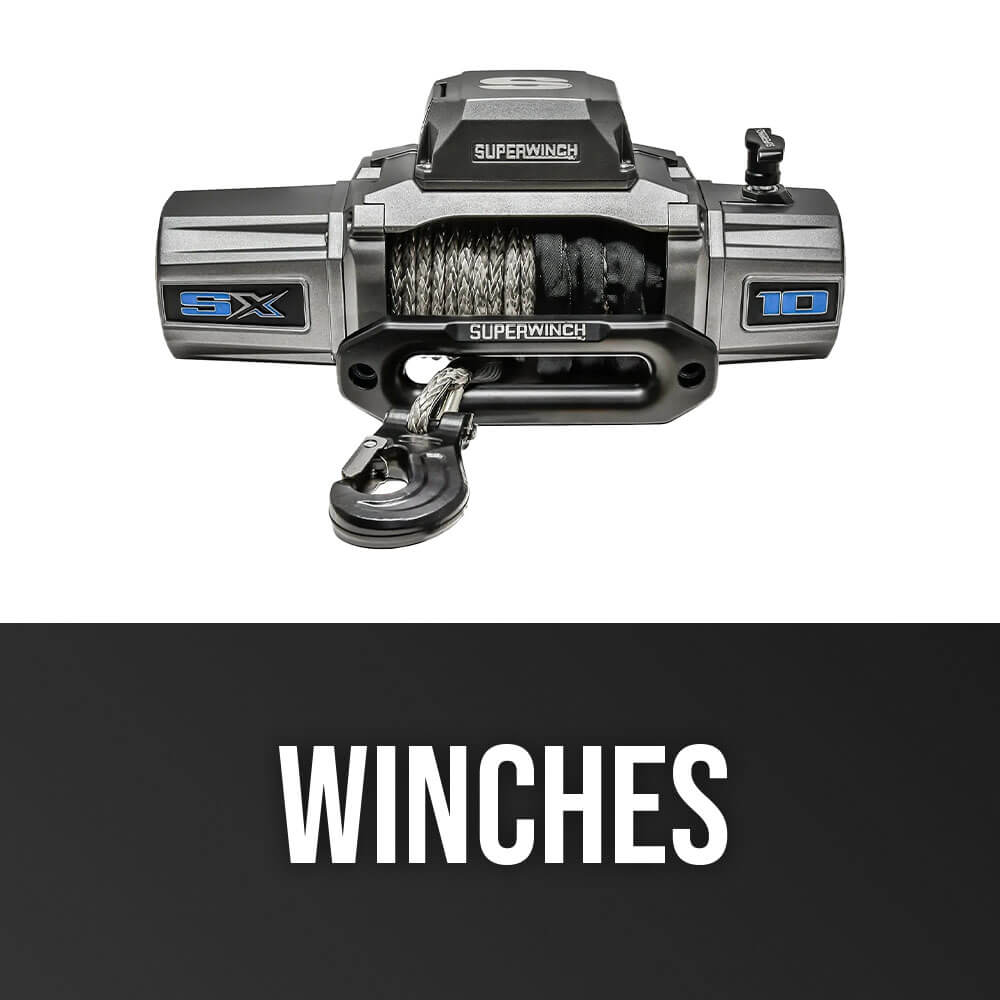

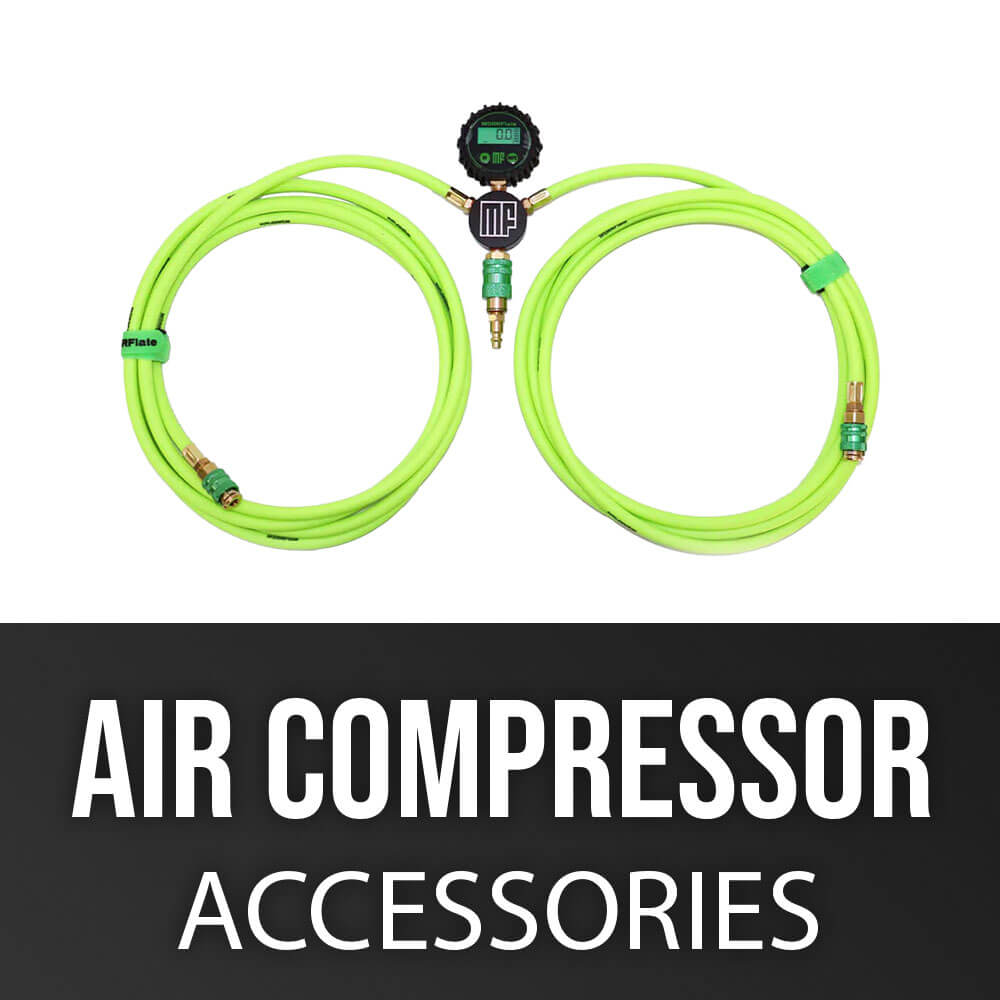

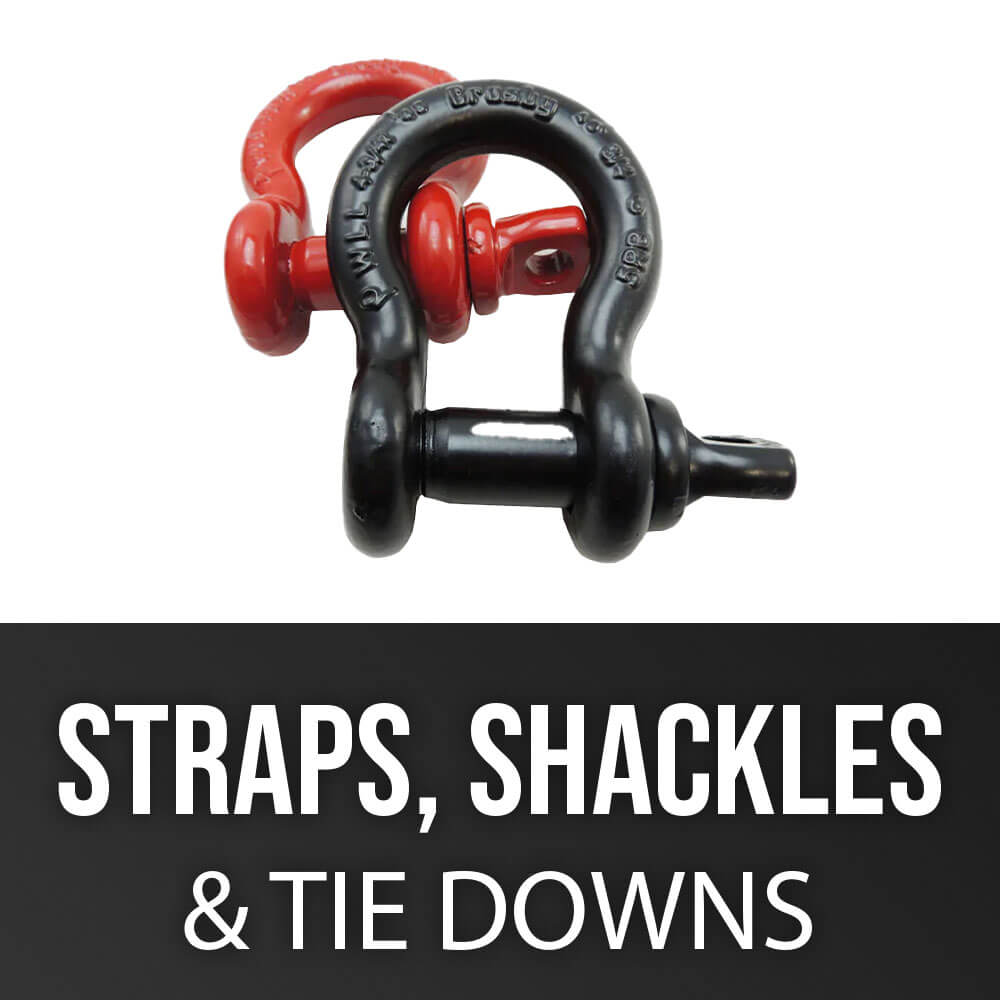
















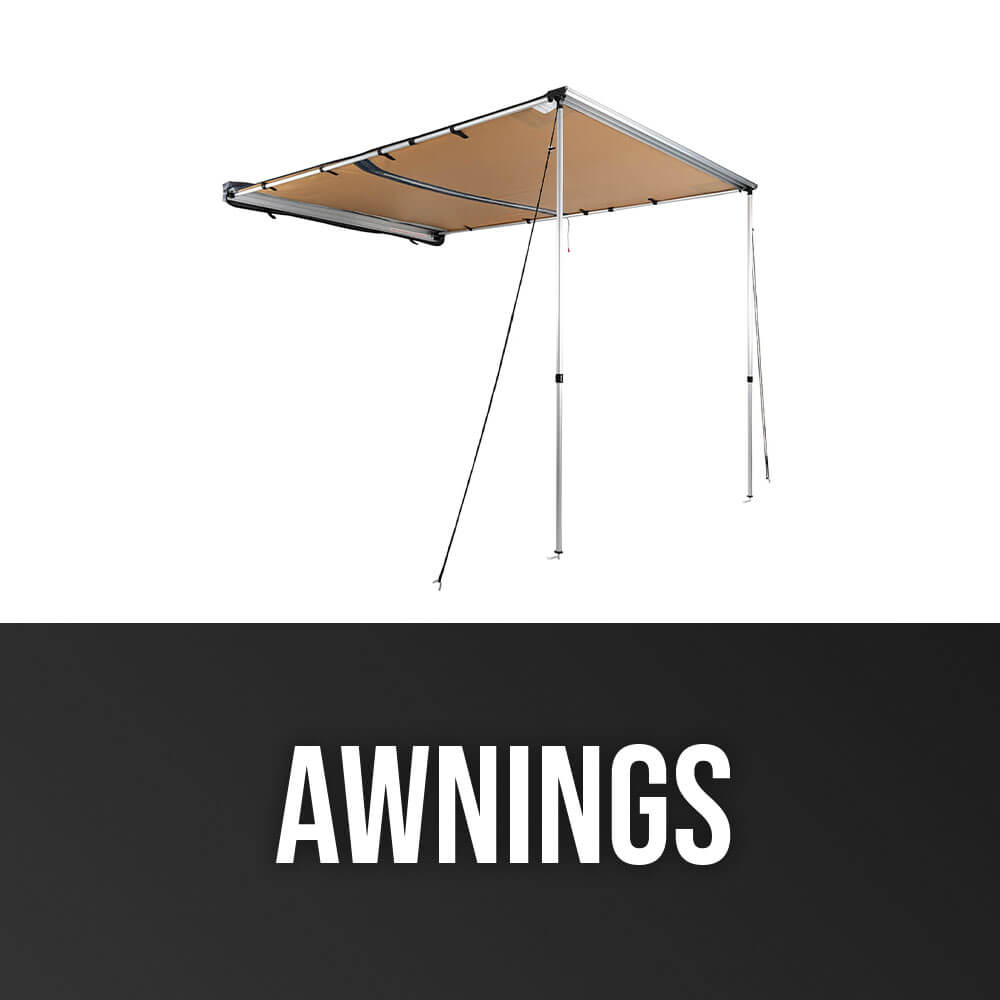



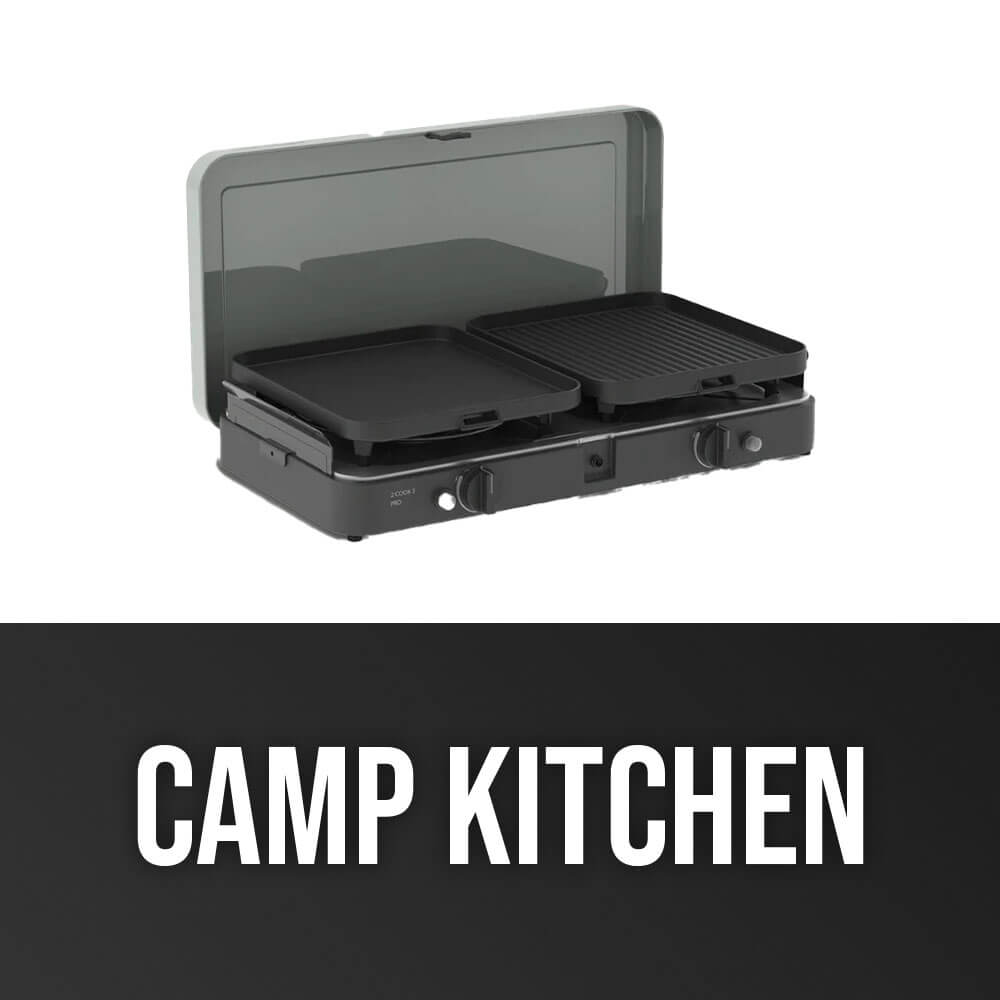


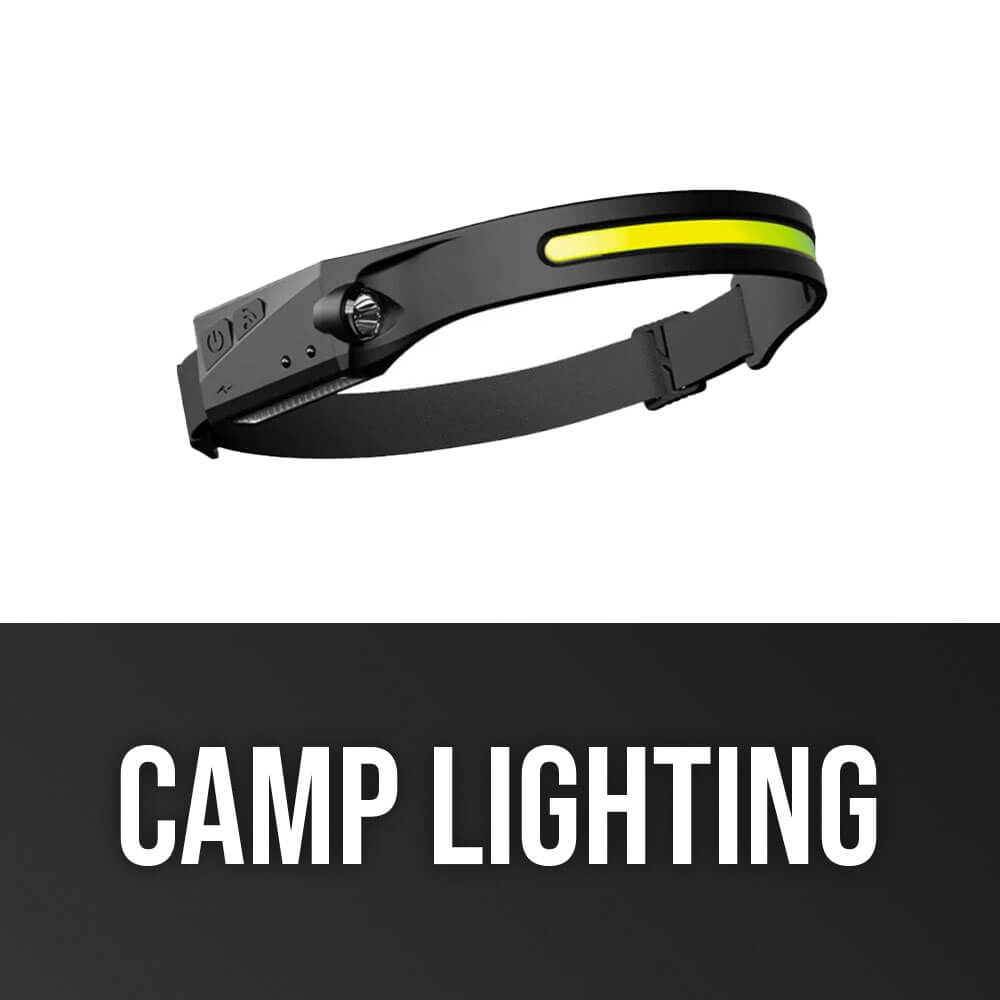












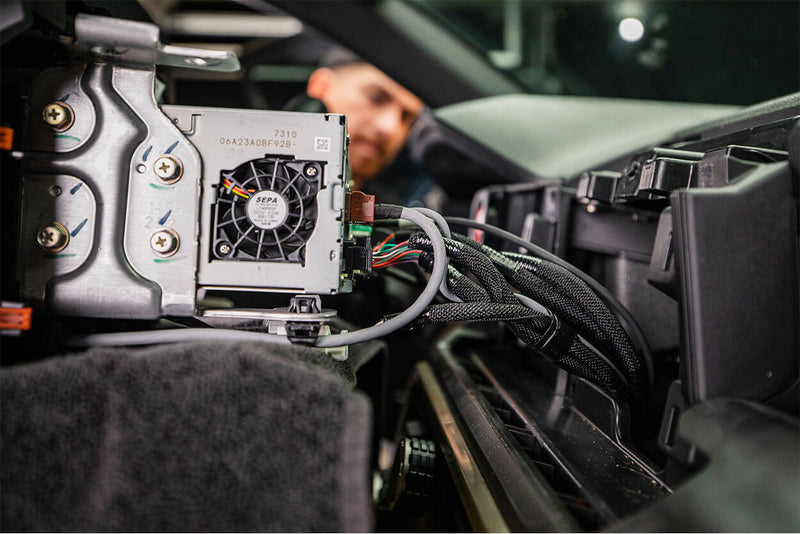



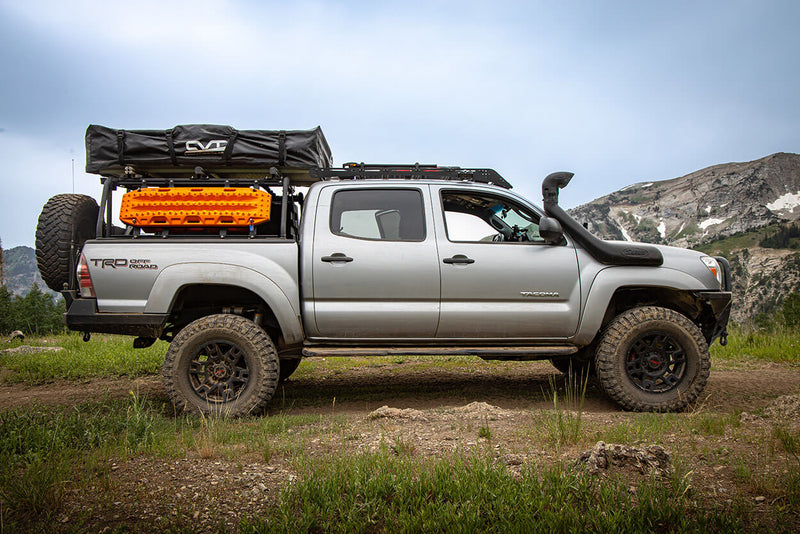

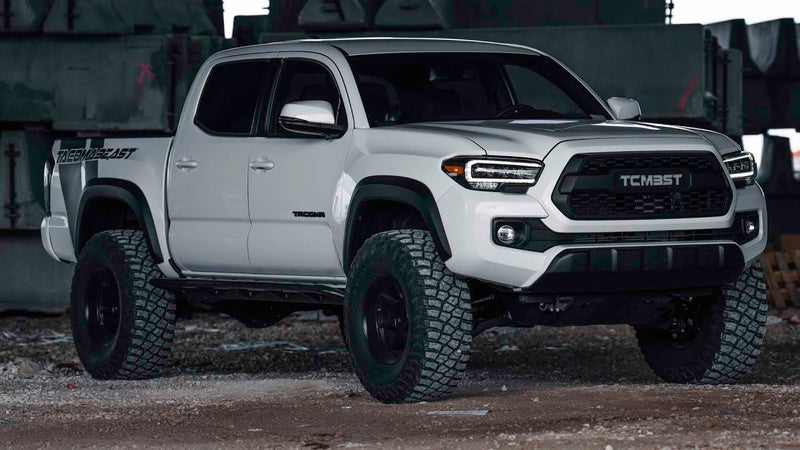








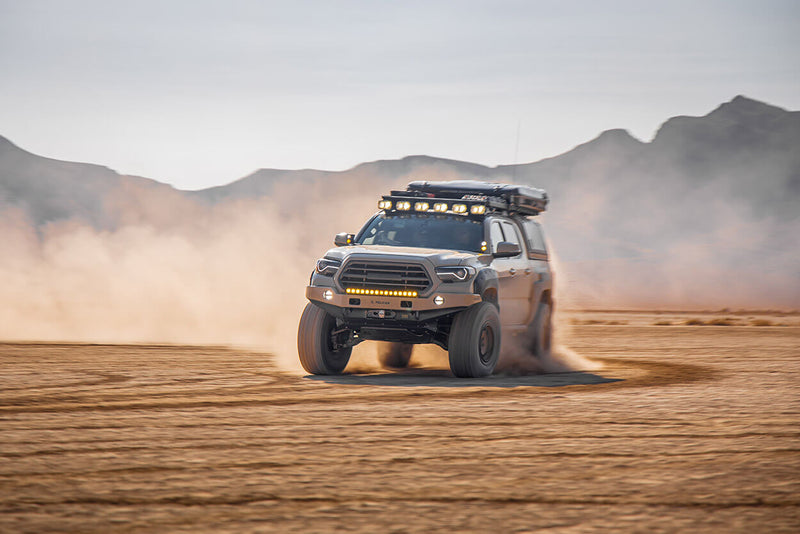
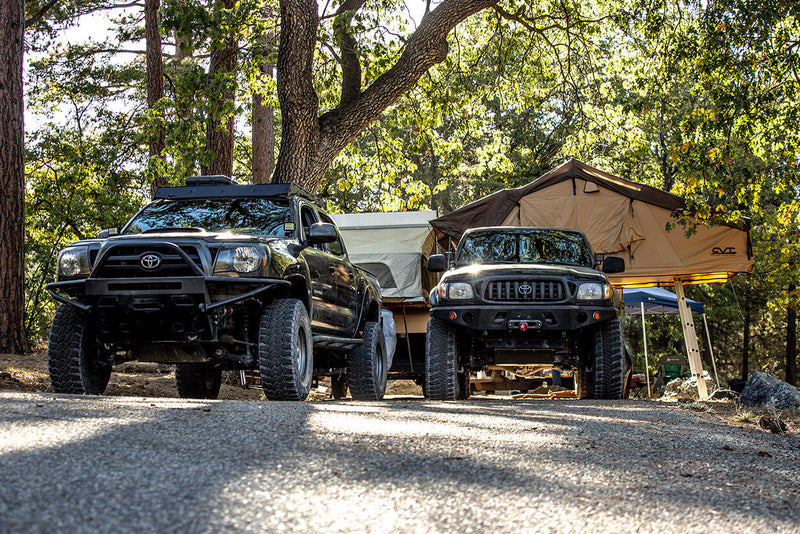
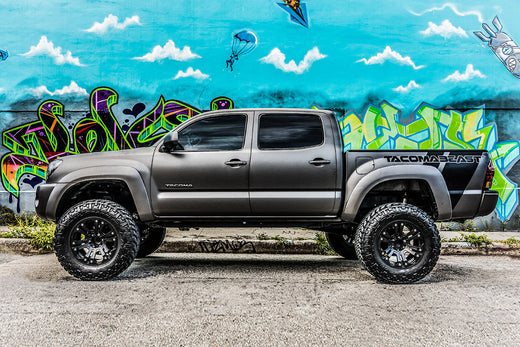
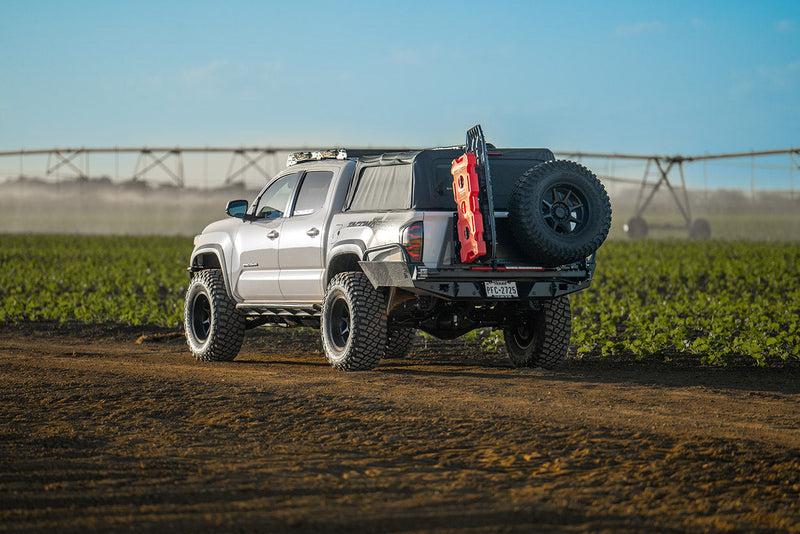
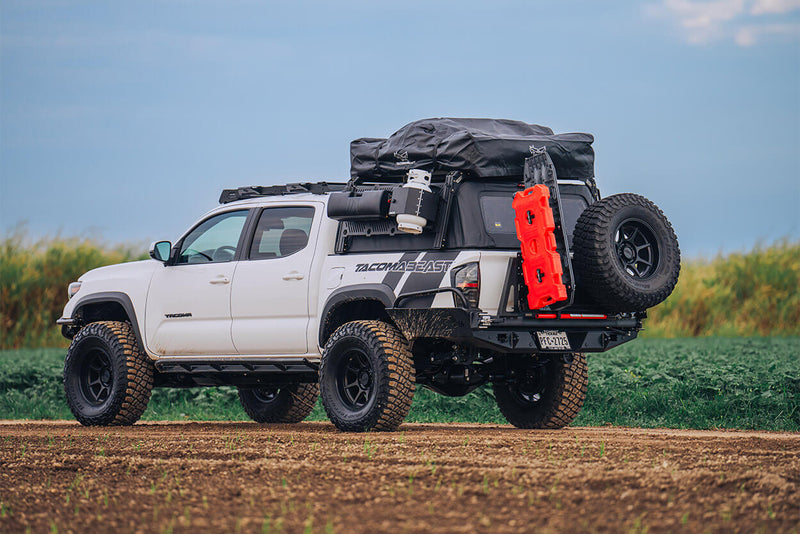
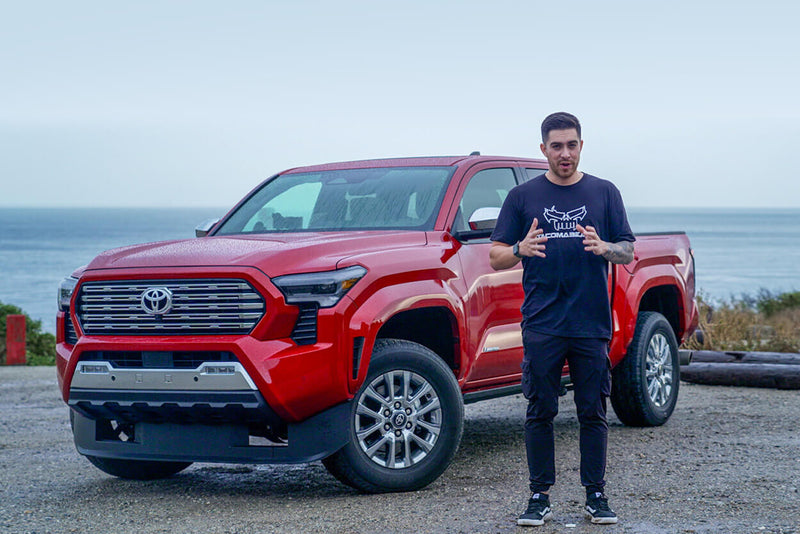
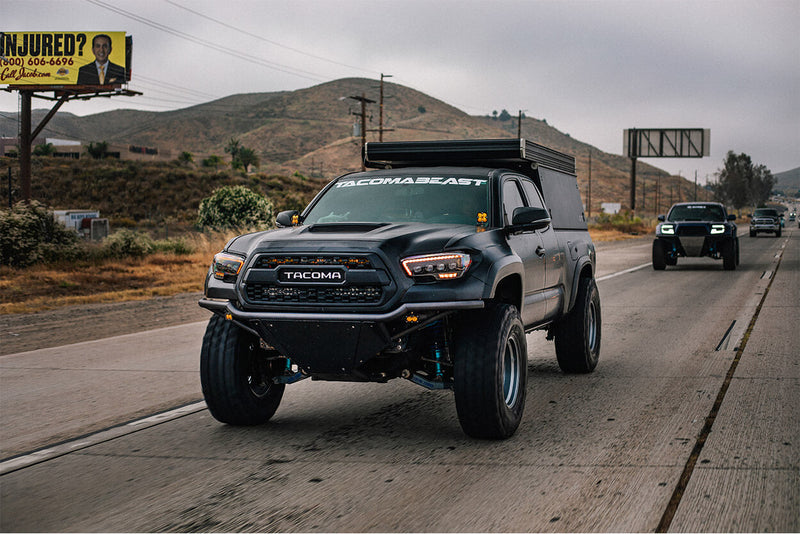

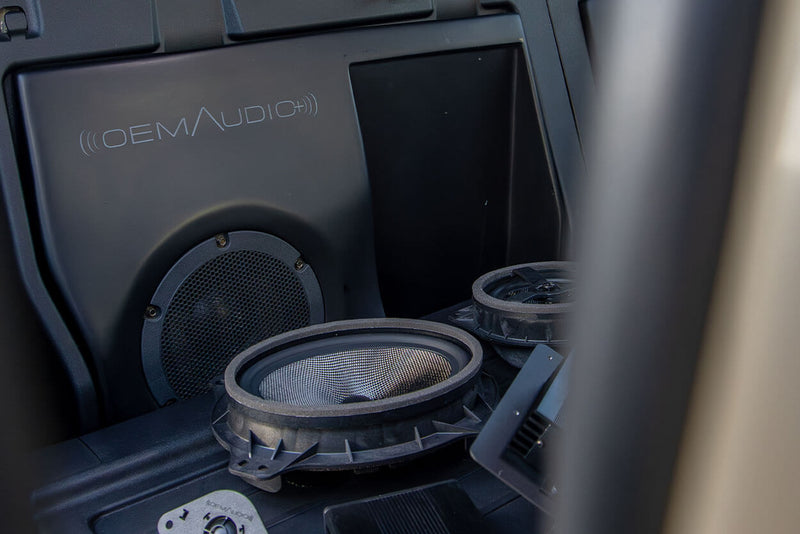

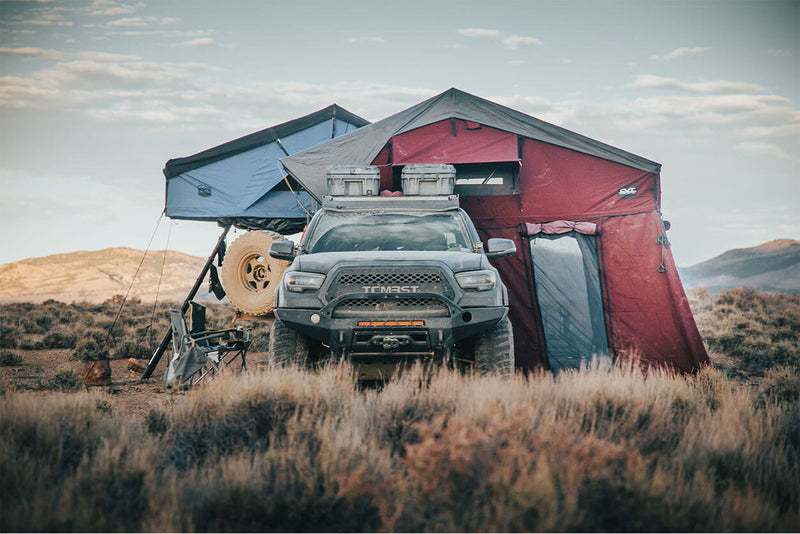
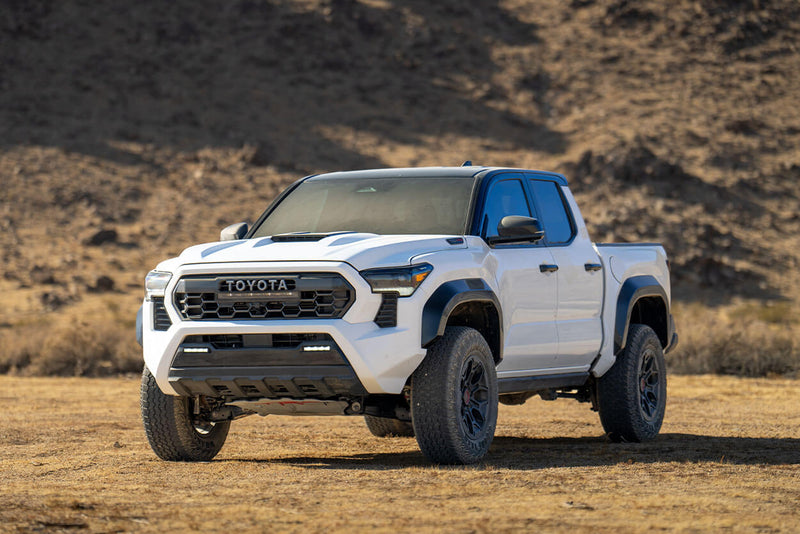
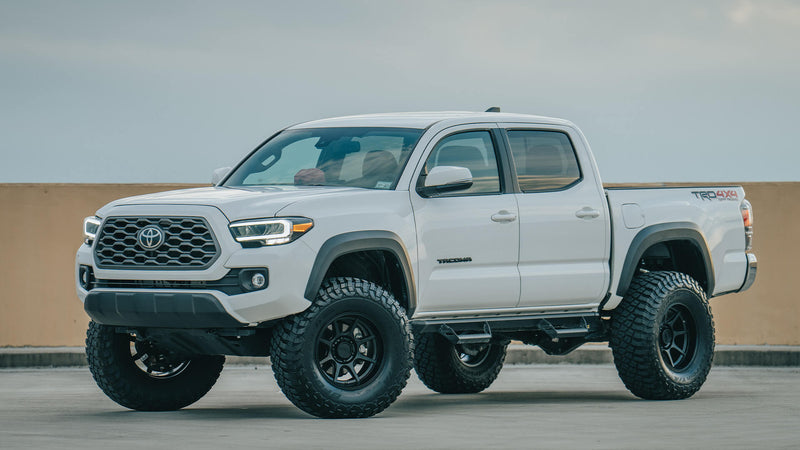
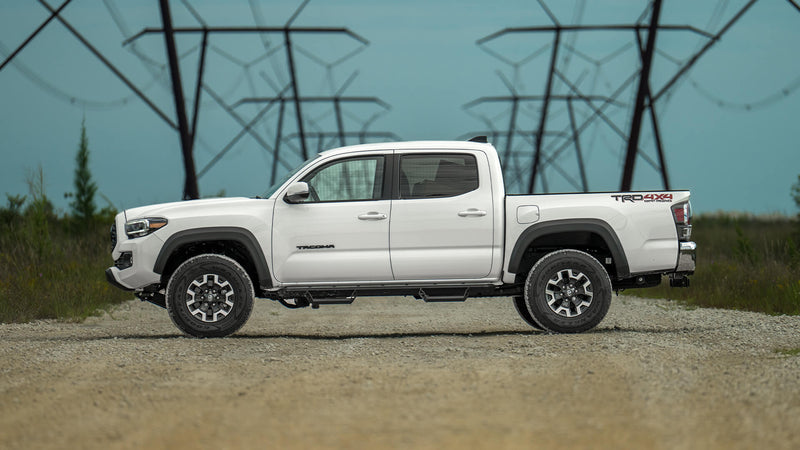
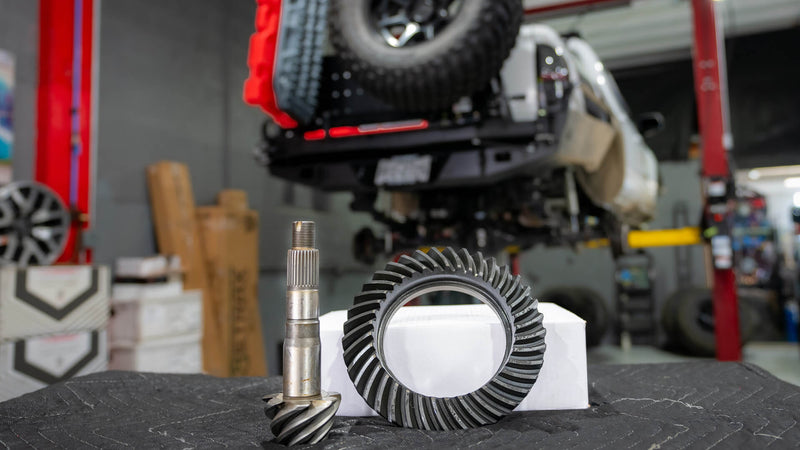
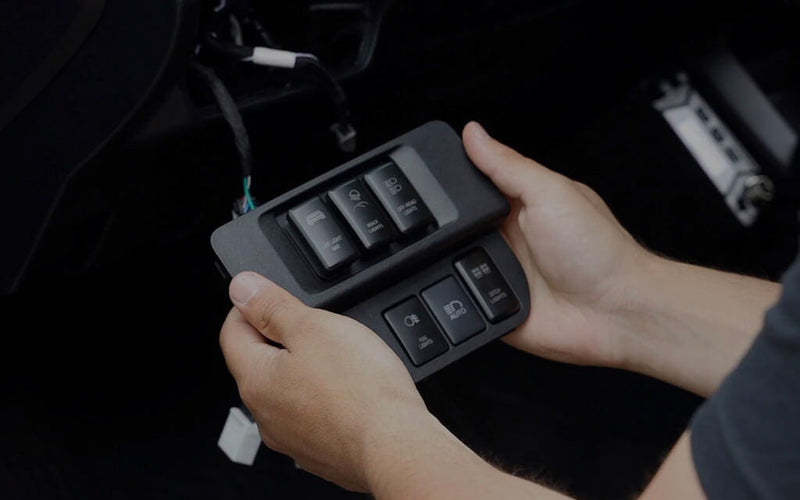

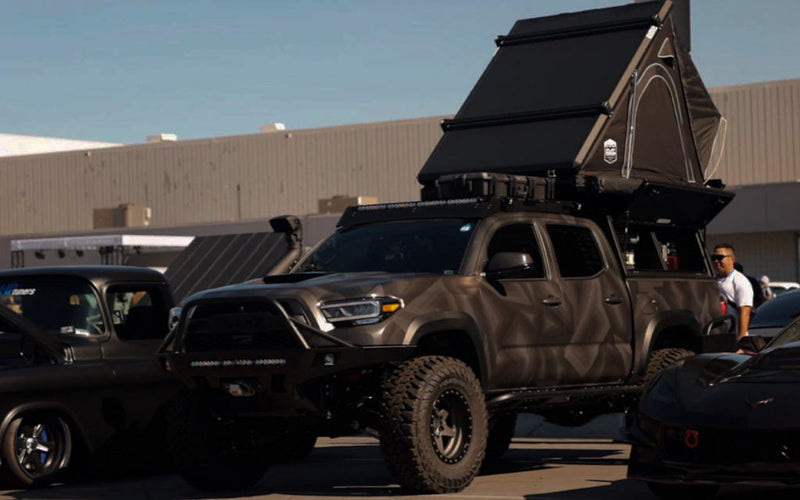
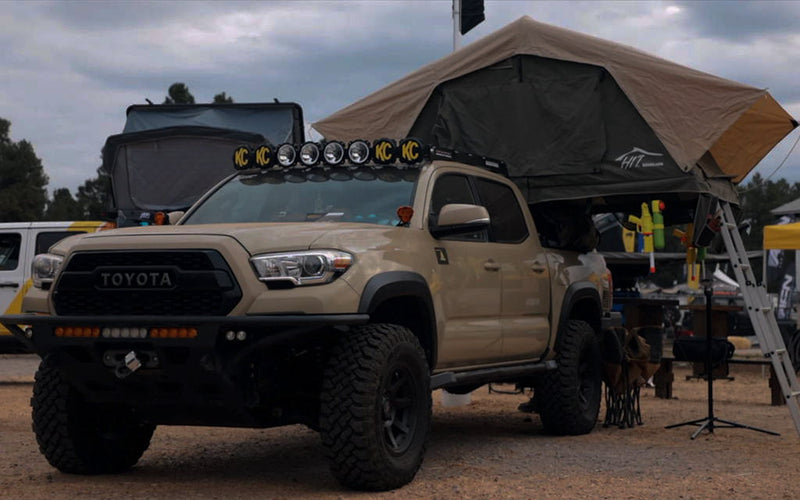

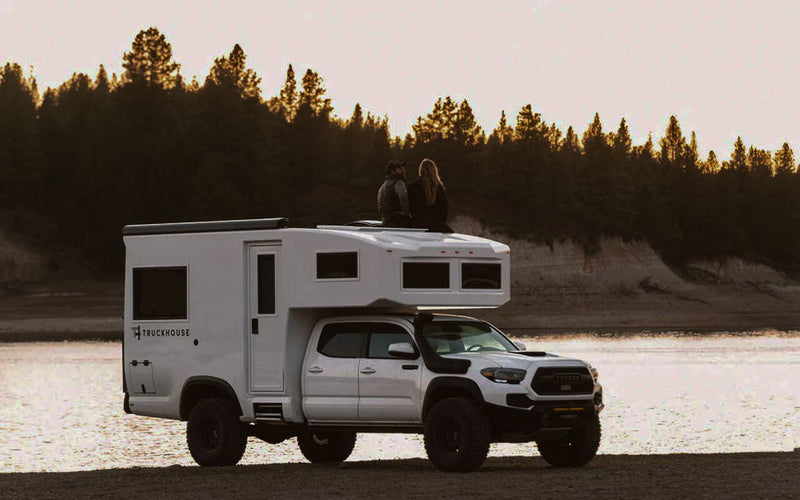
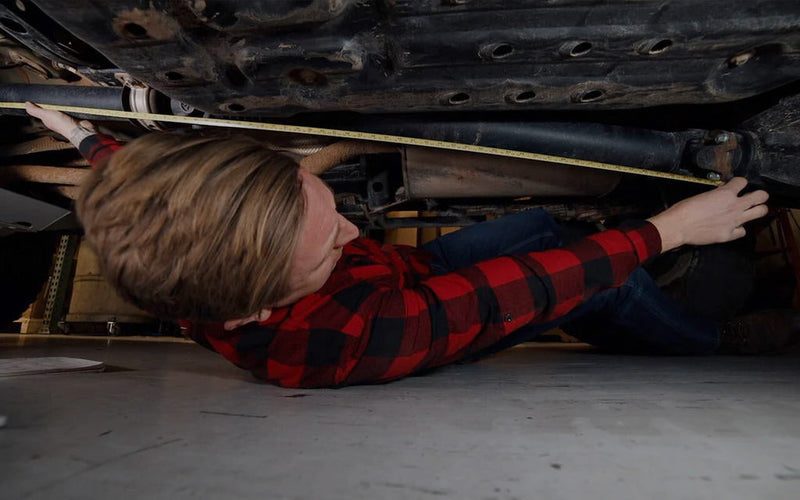

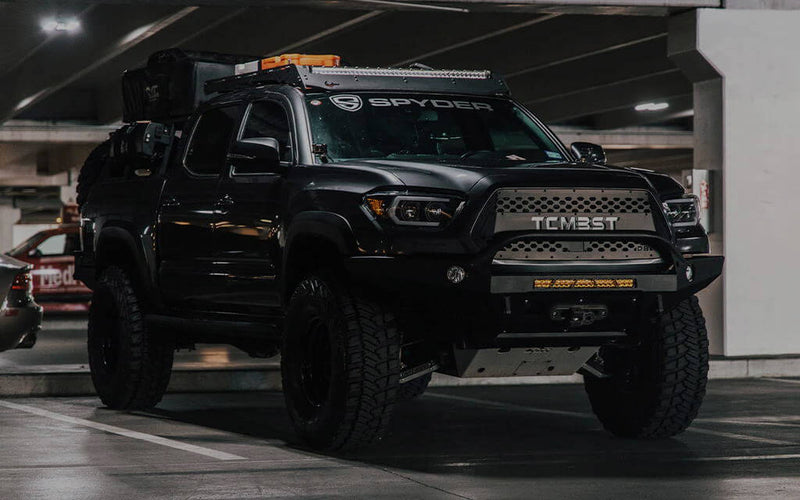




Old Tacoma is legendary for rotten frames, gad seating position, and thirsty/gutless V6. New Mexican soft Taco is becoming legendary for blowing transmissions, and ridiculous fanboy-fueled overpricing.
And that wonderful resale value? You must BUY that by paying more up front, so what good is that?
Why not remove the fanboy goggles and at least be realistic?
Leave a comment